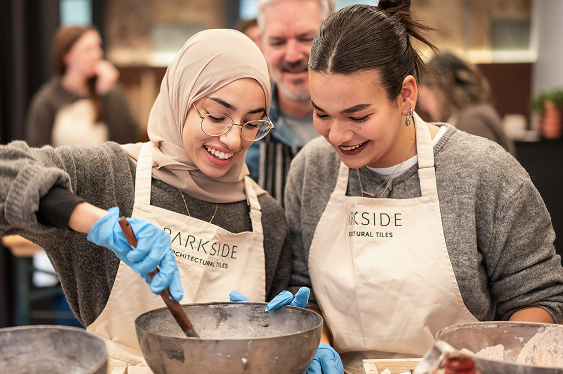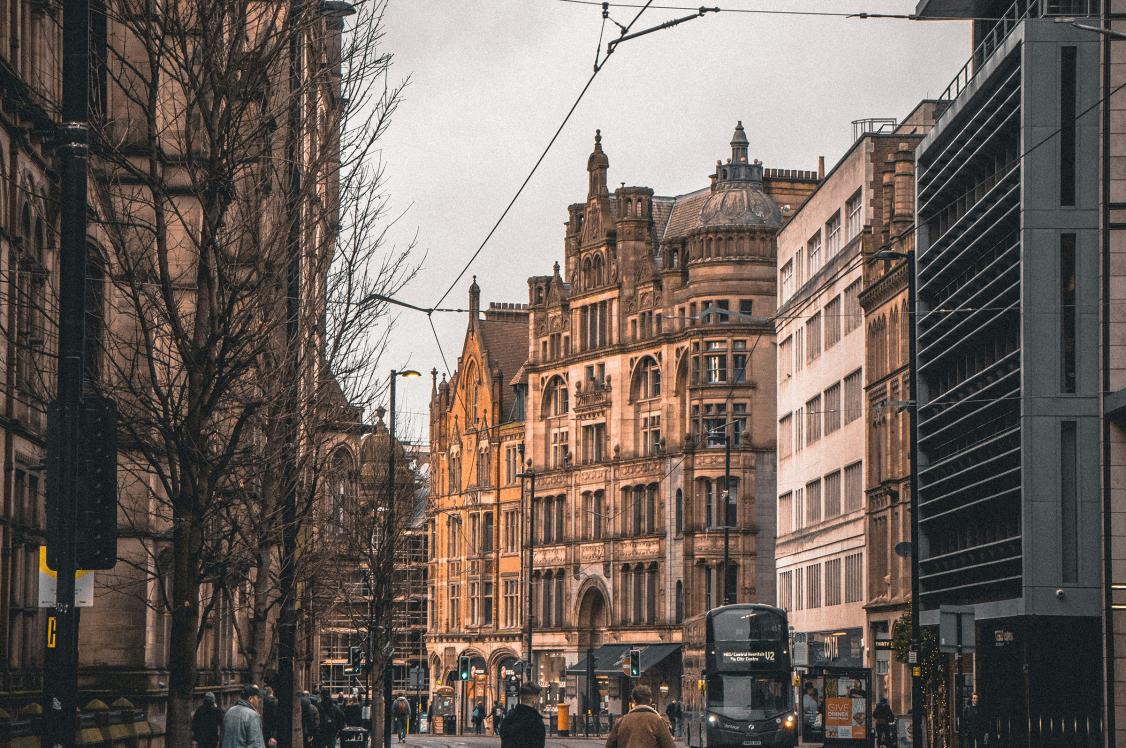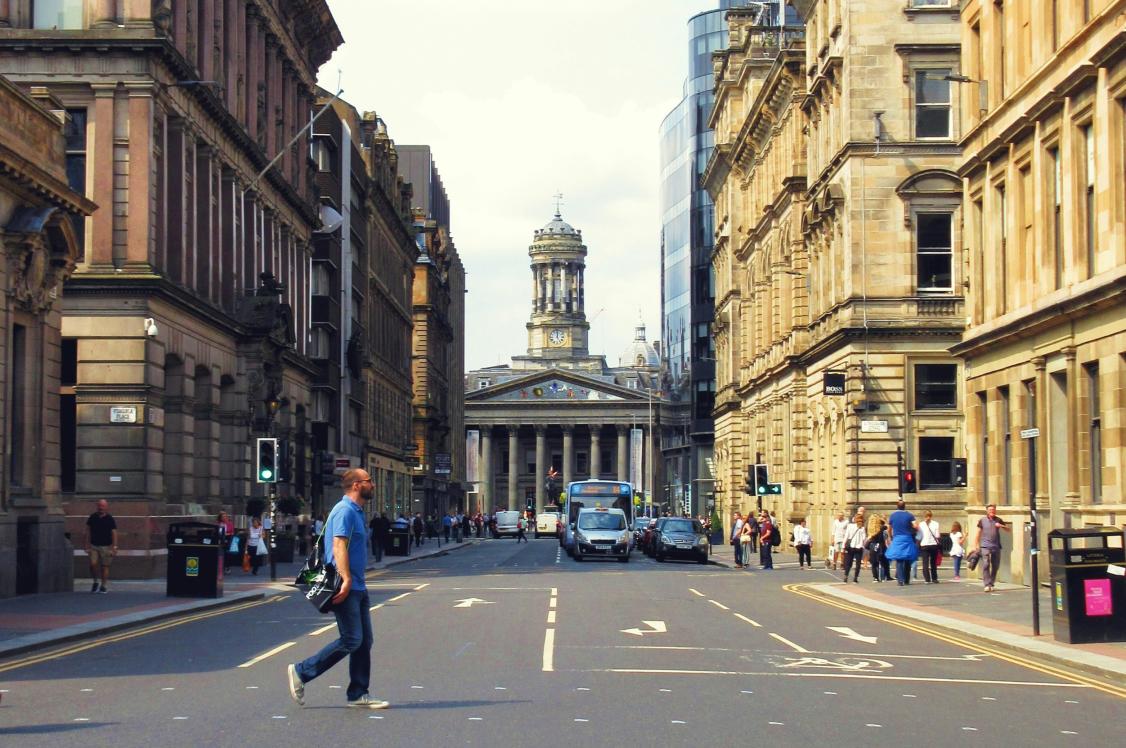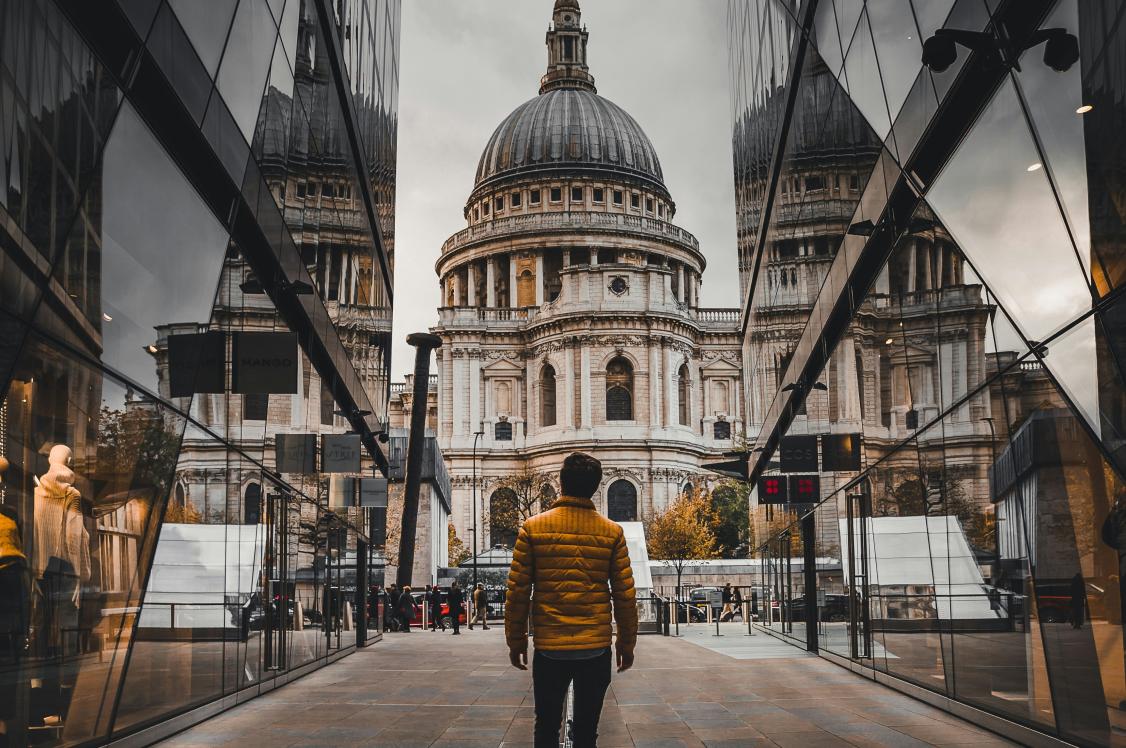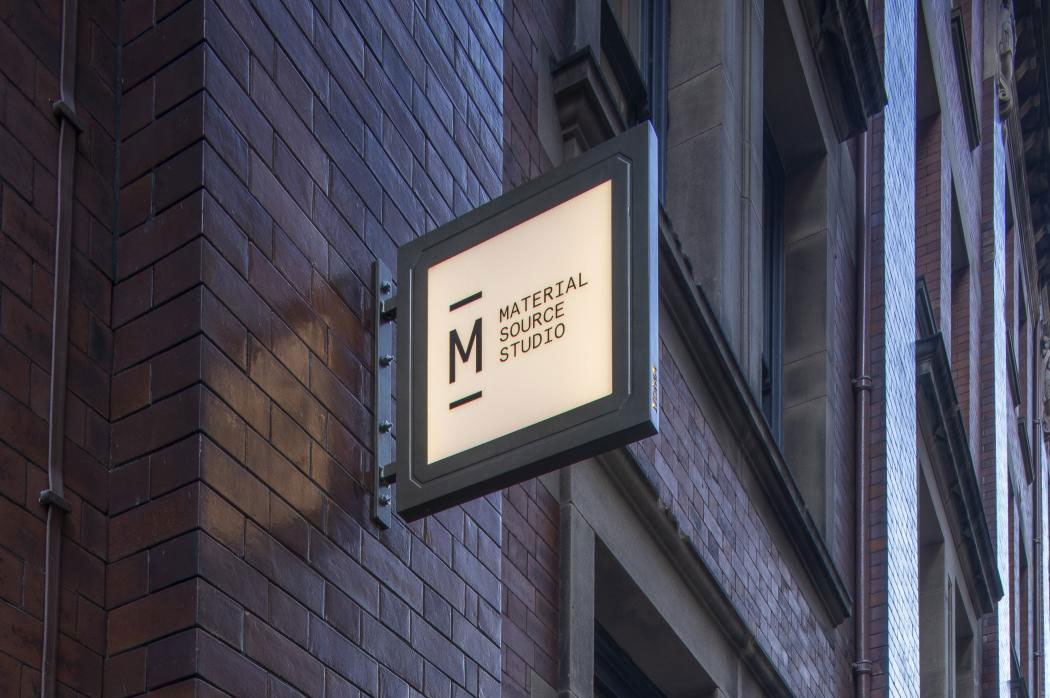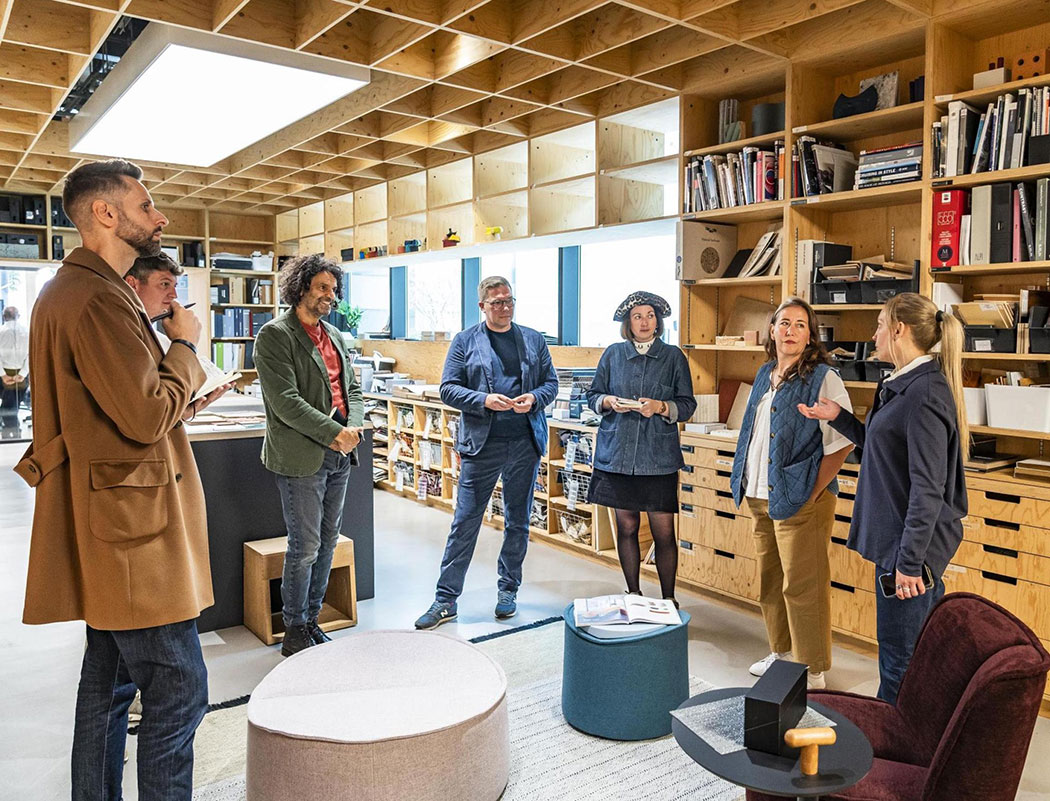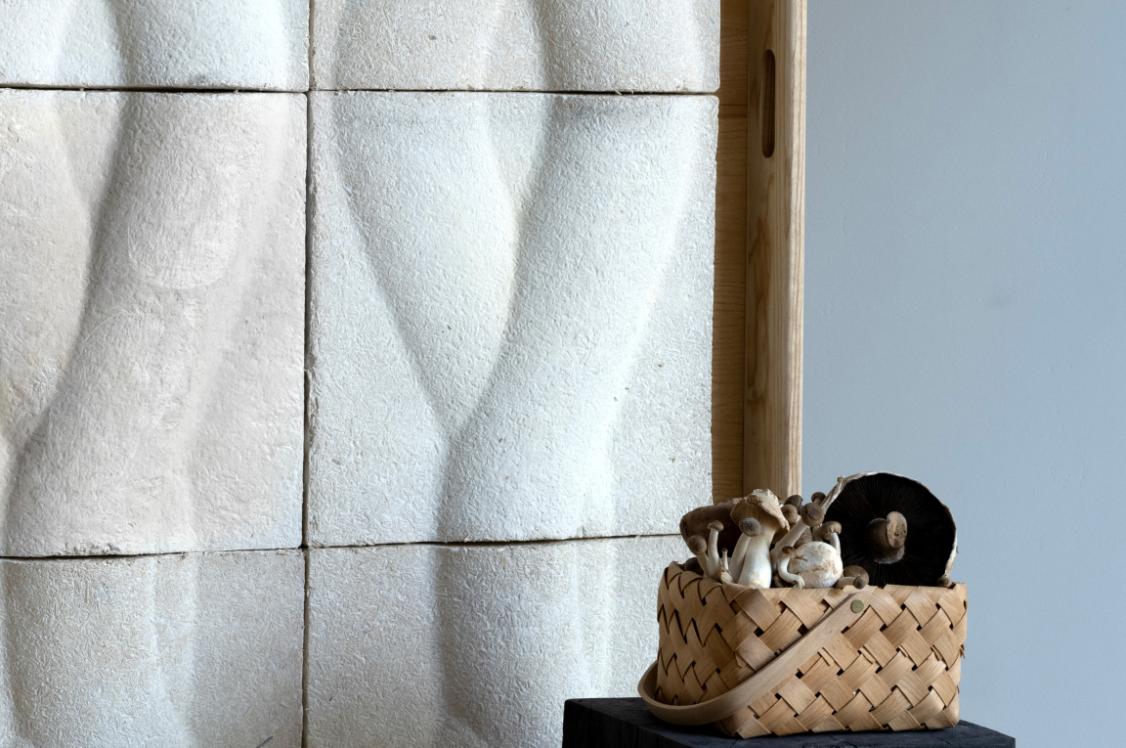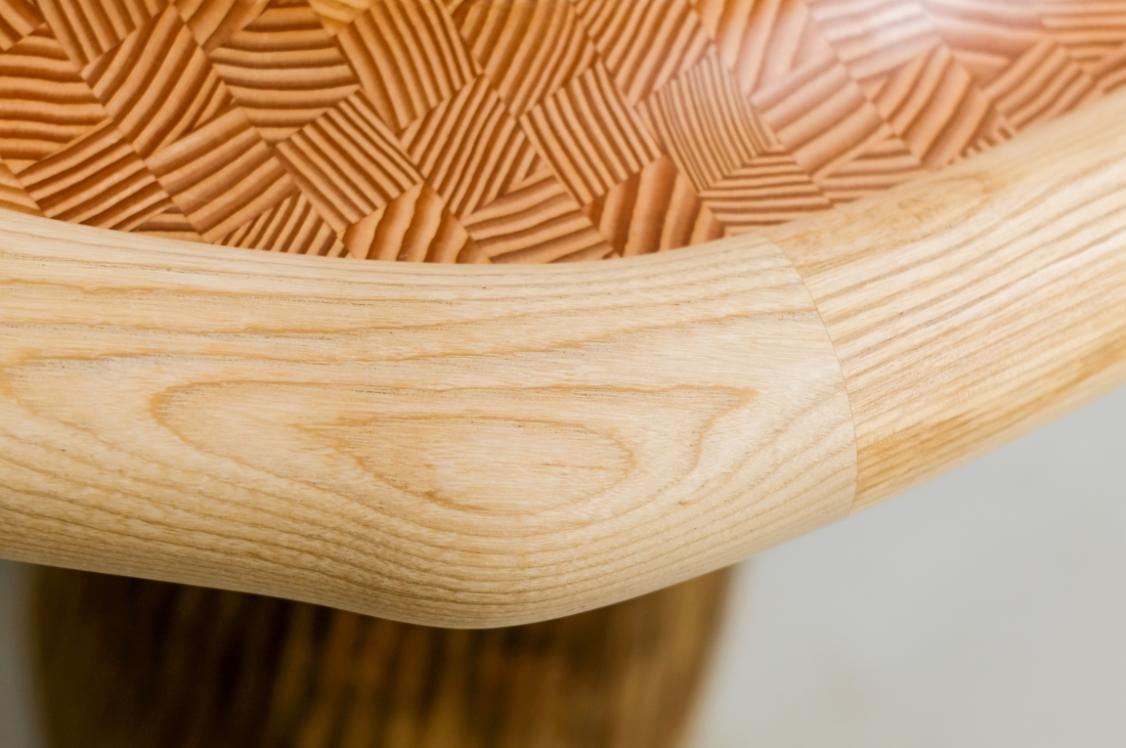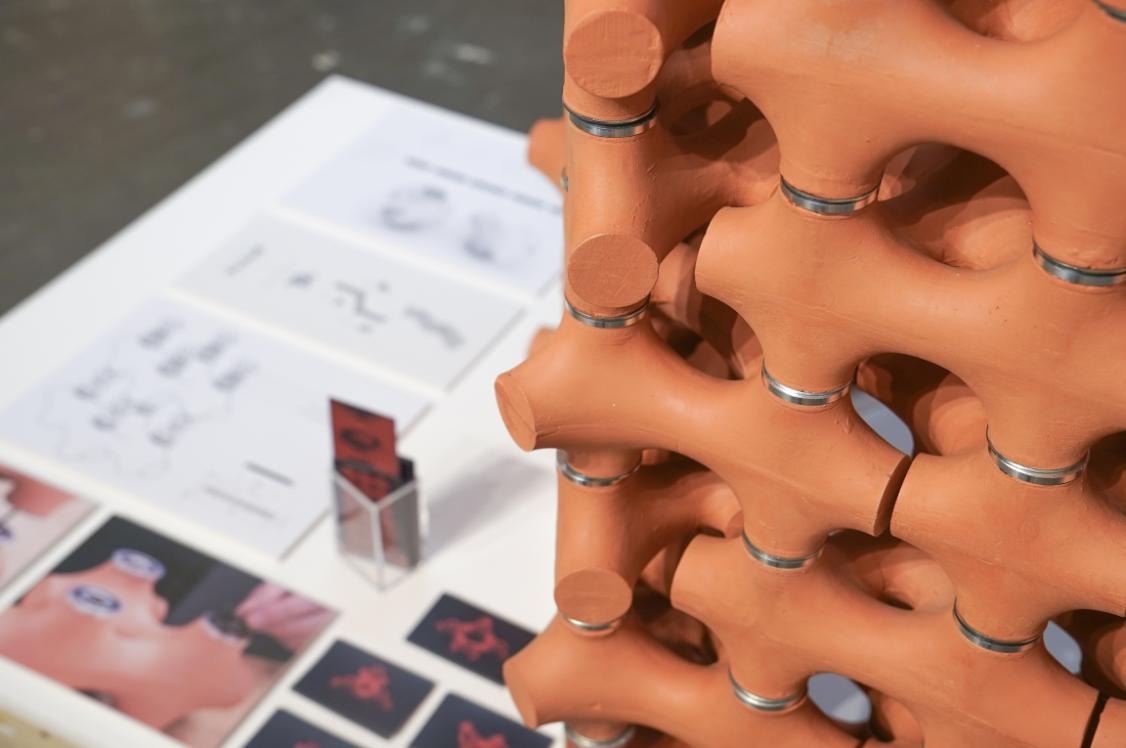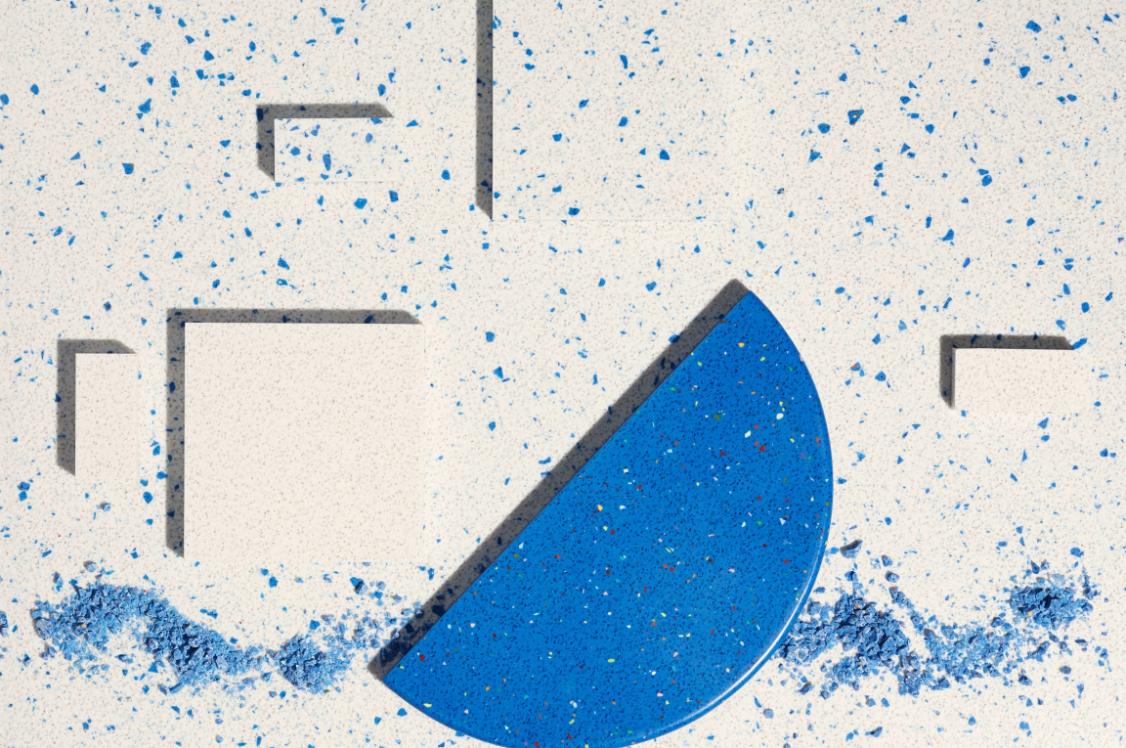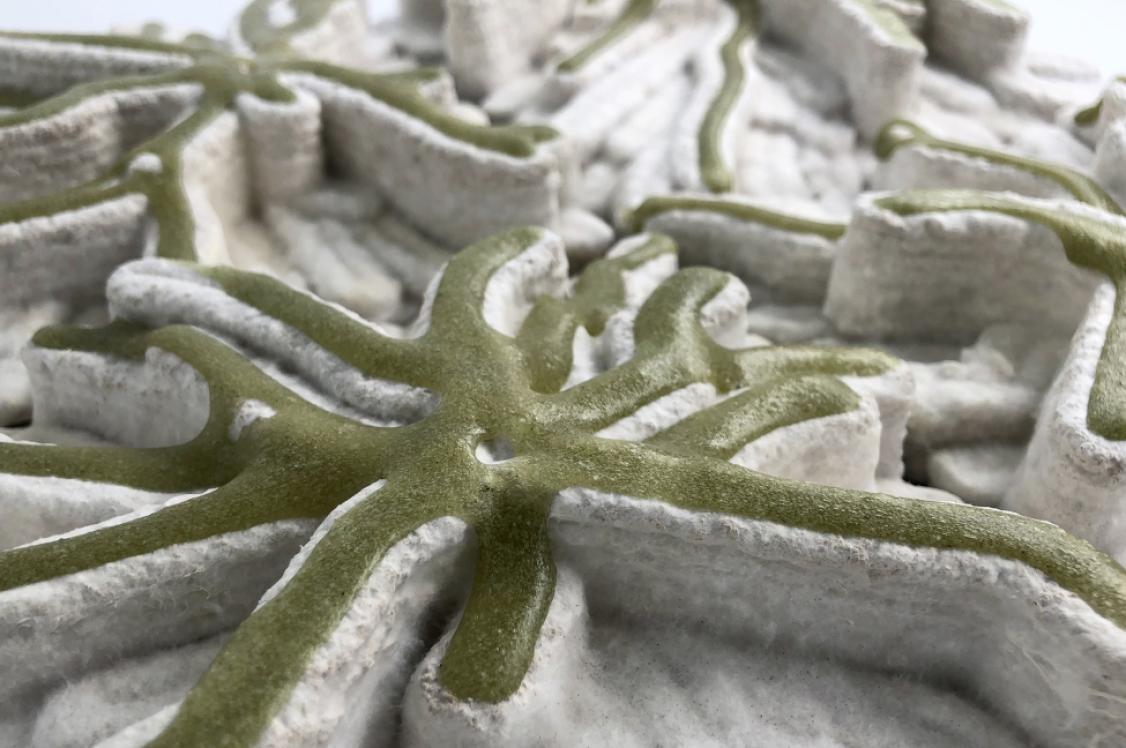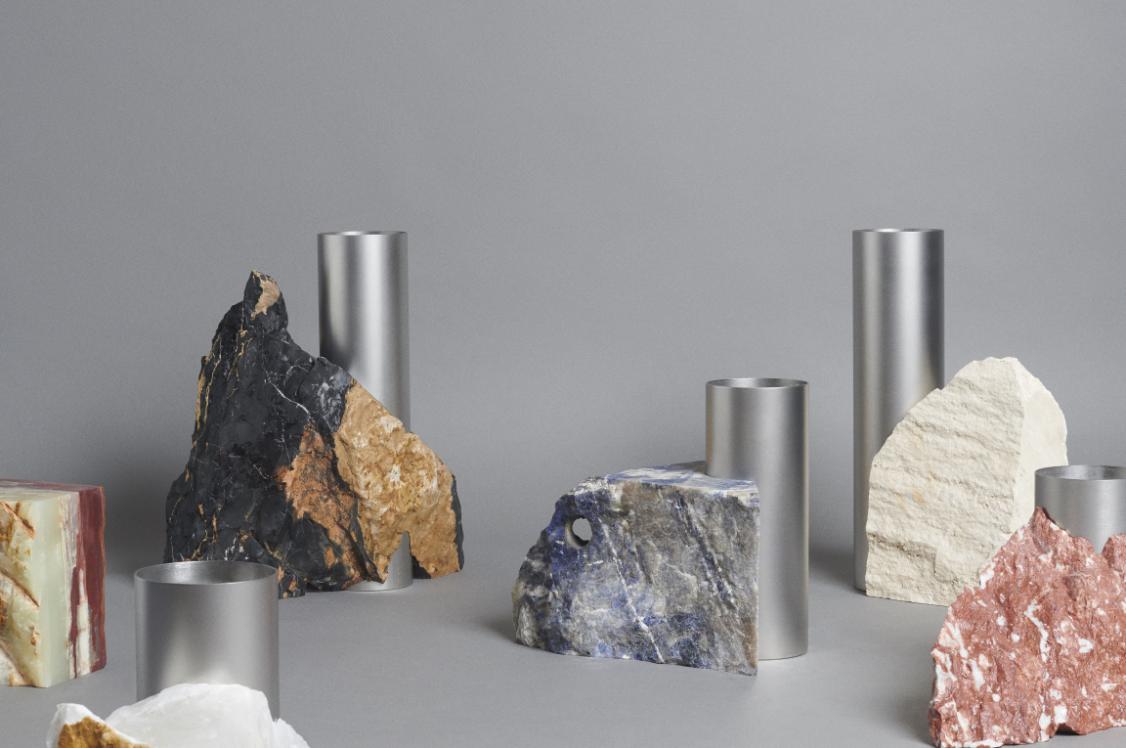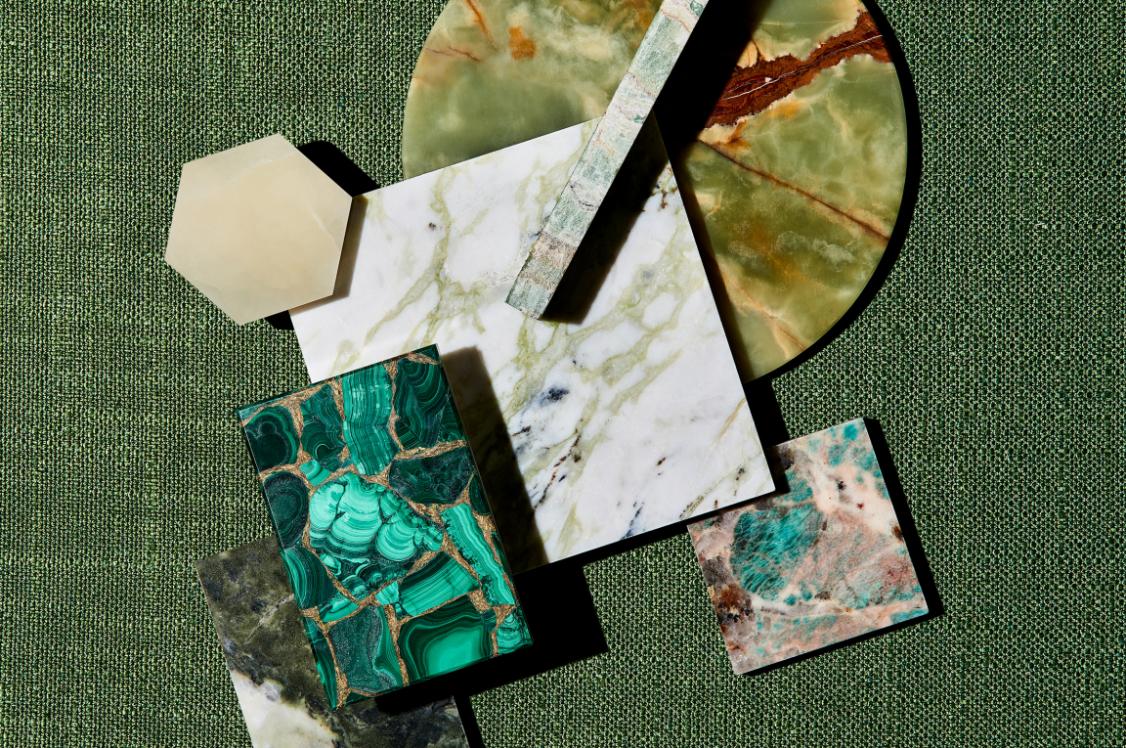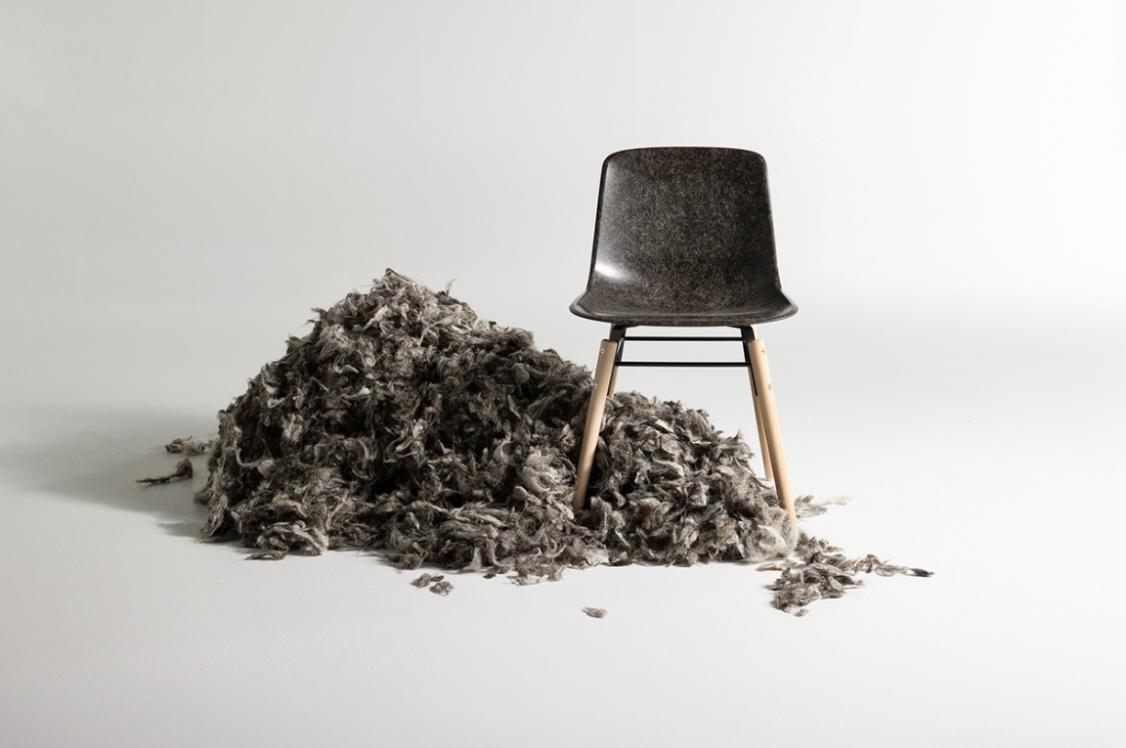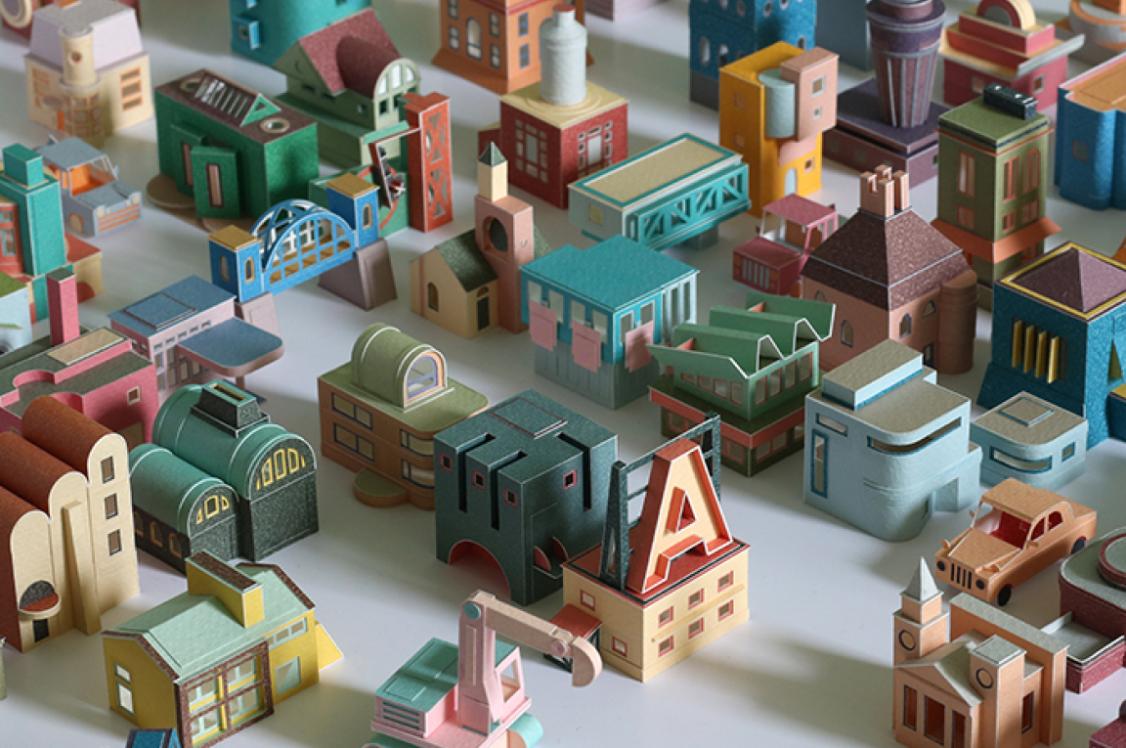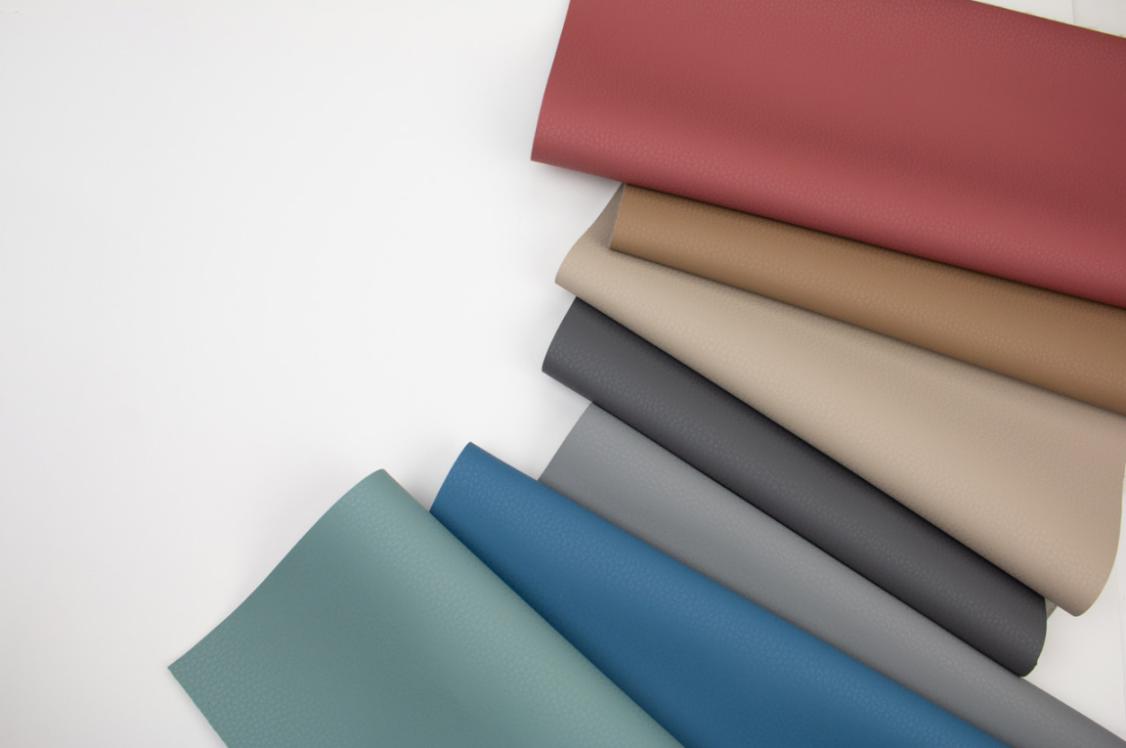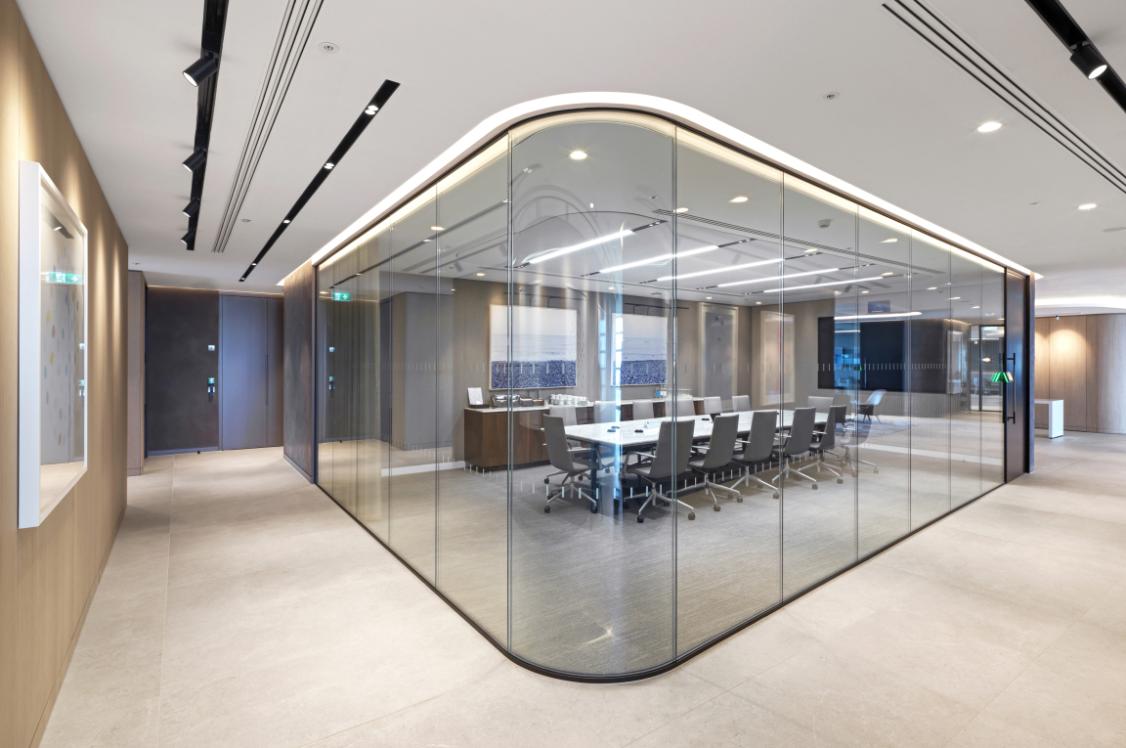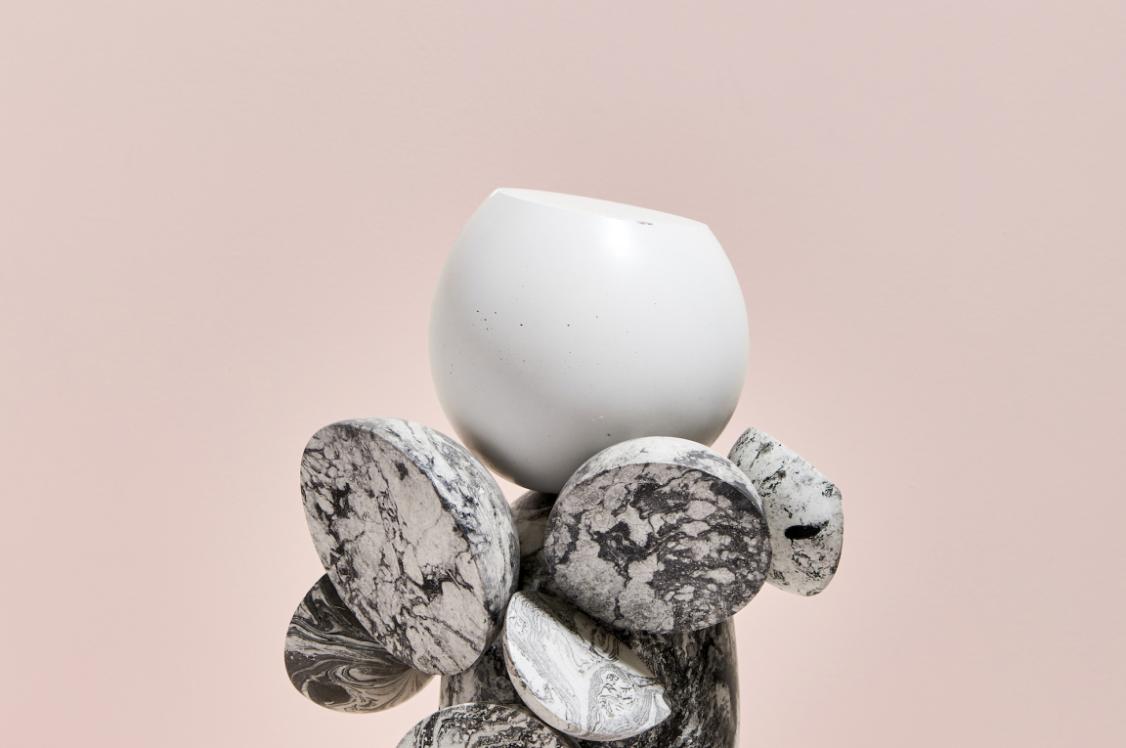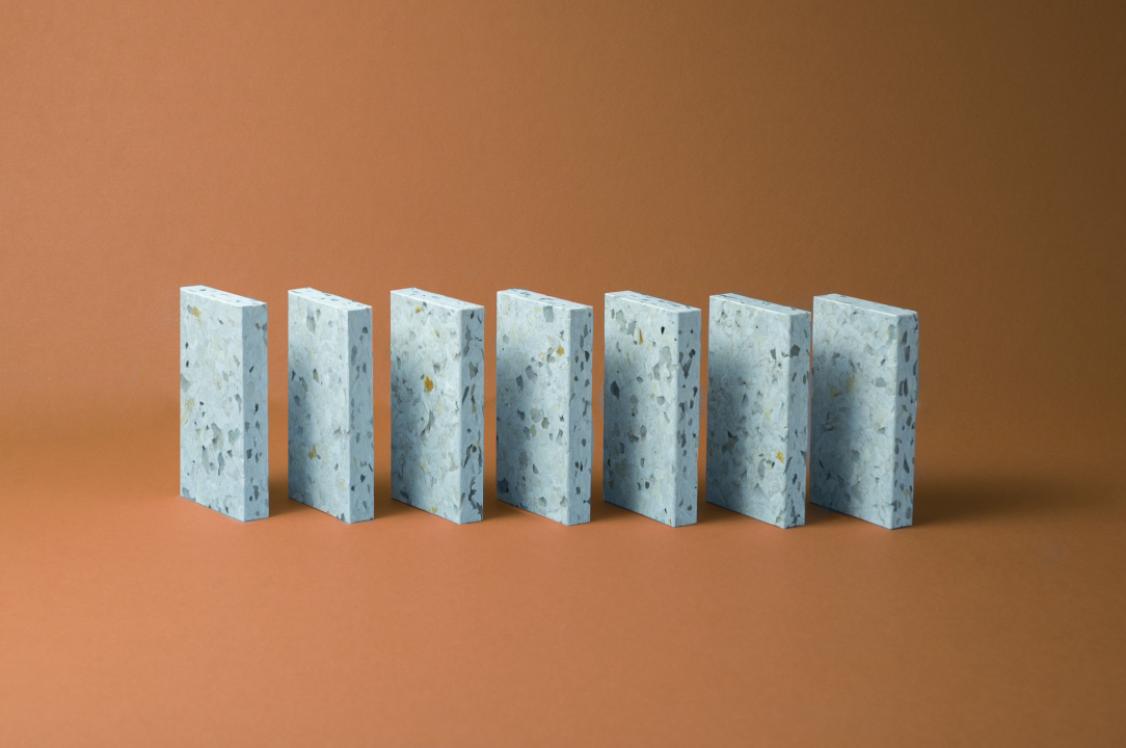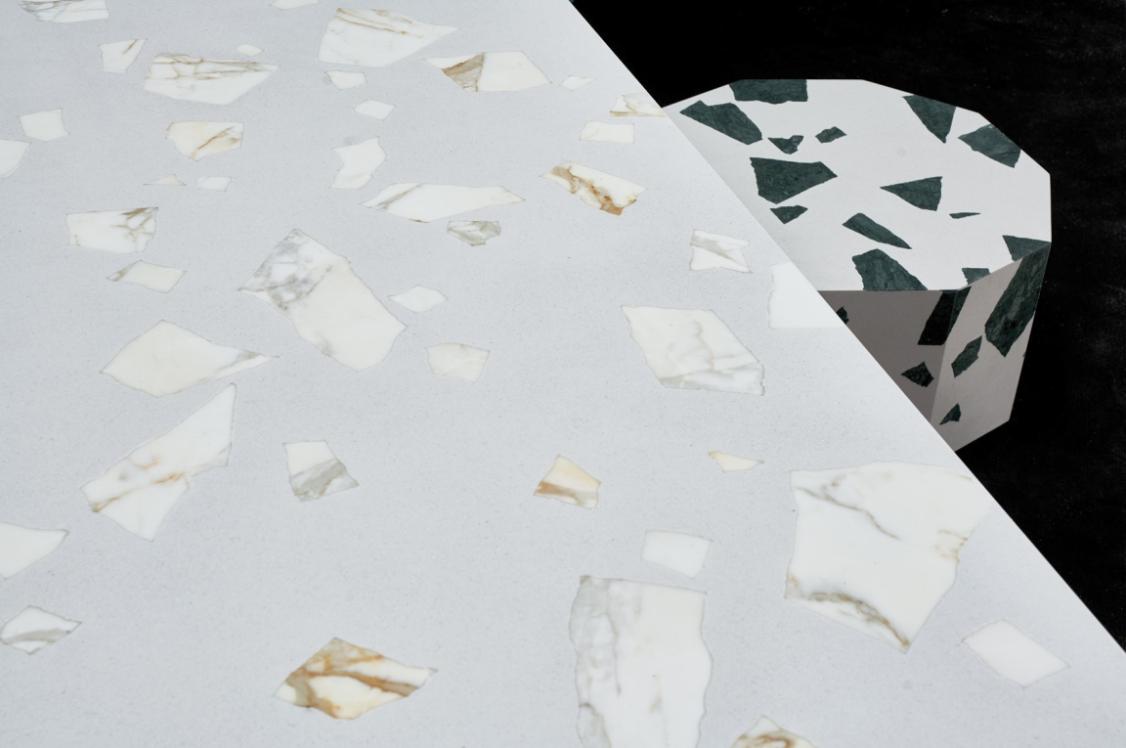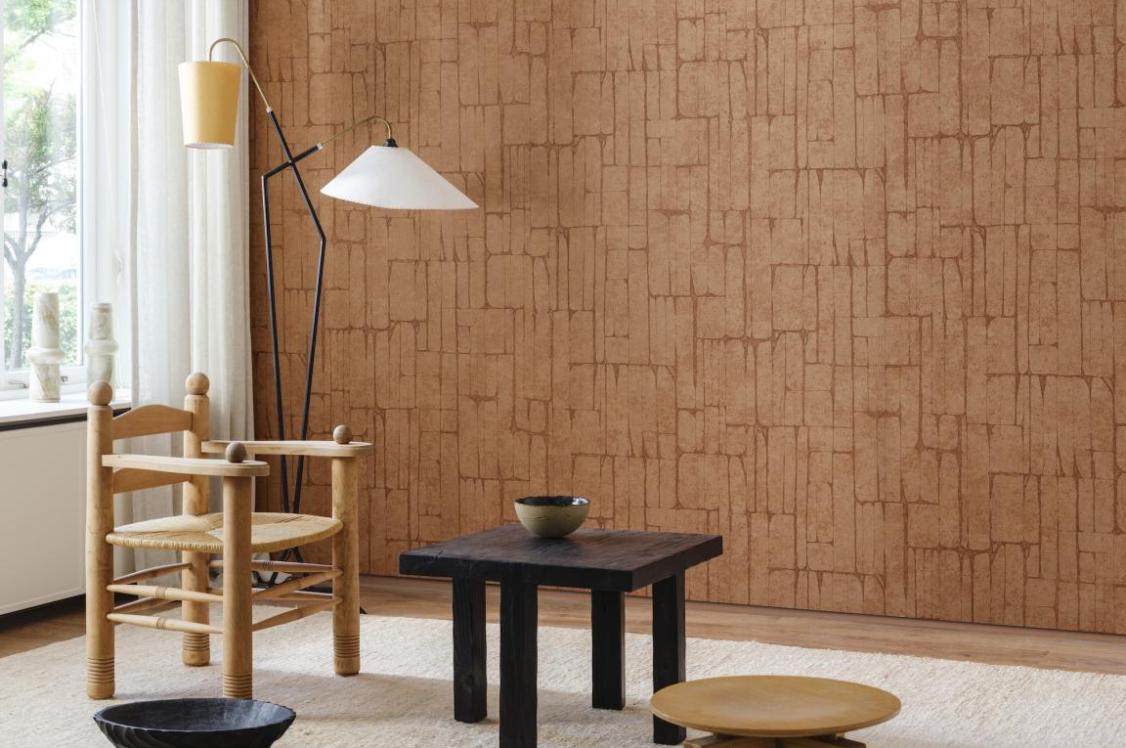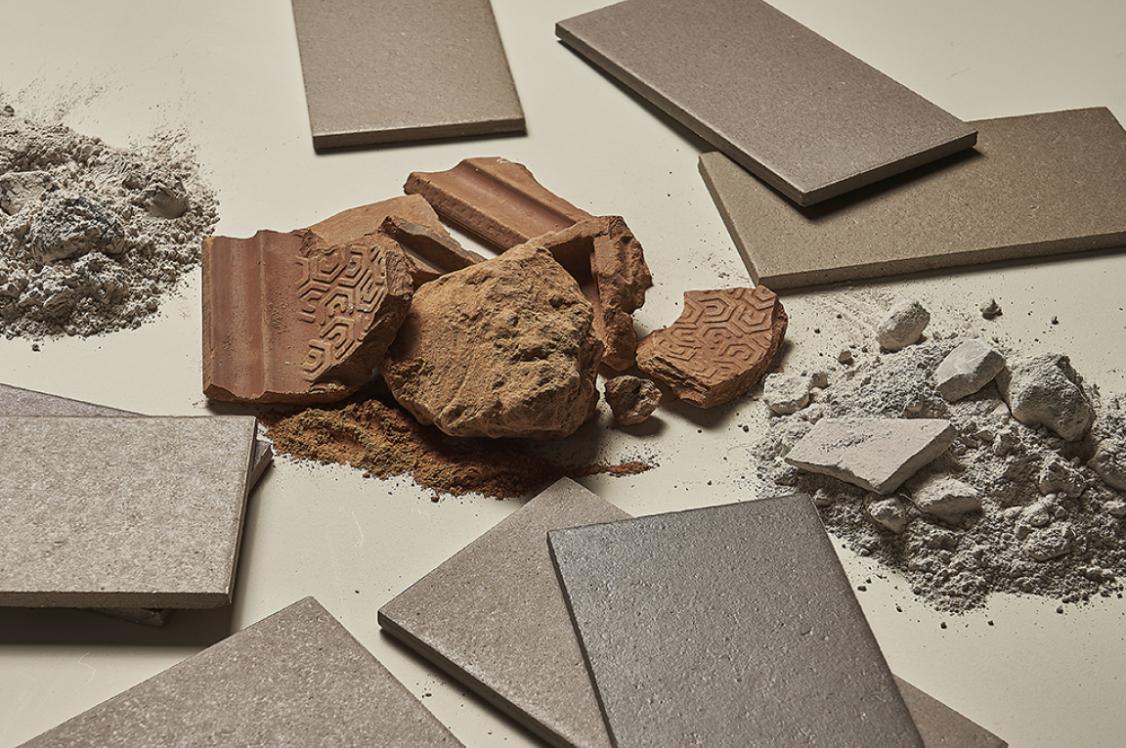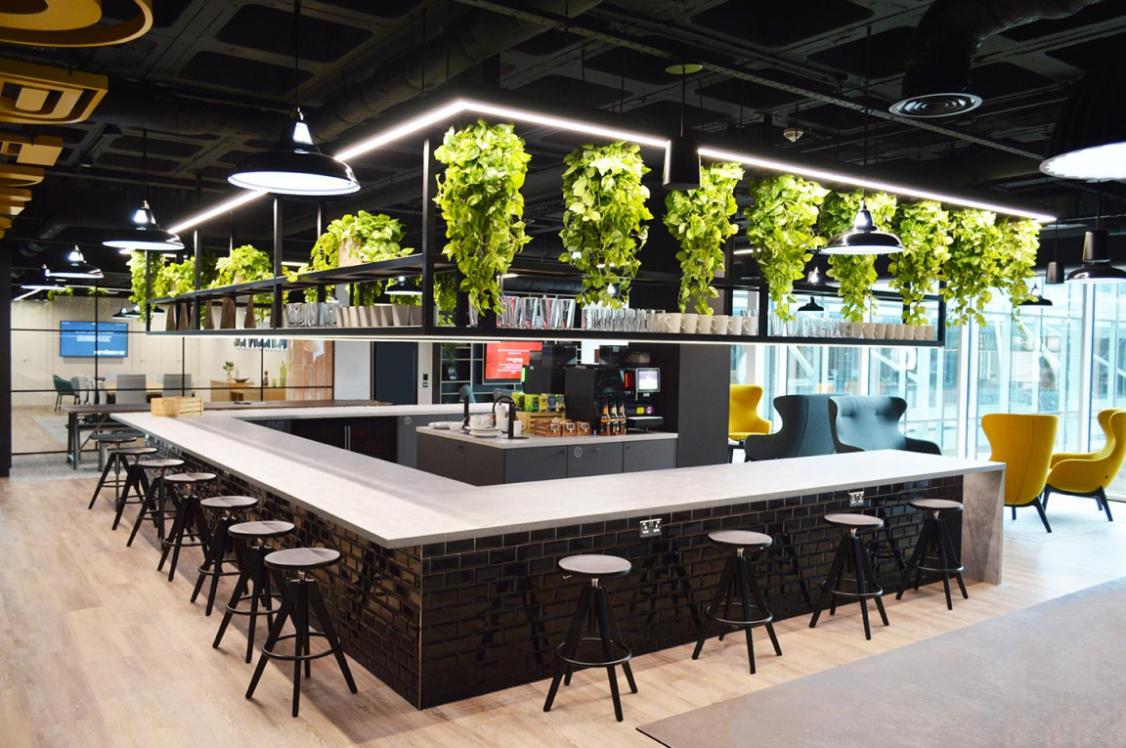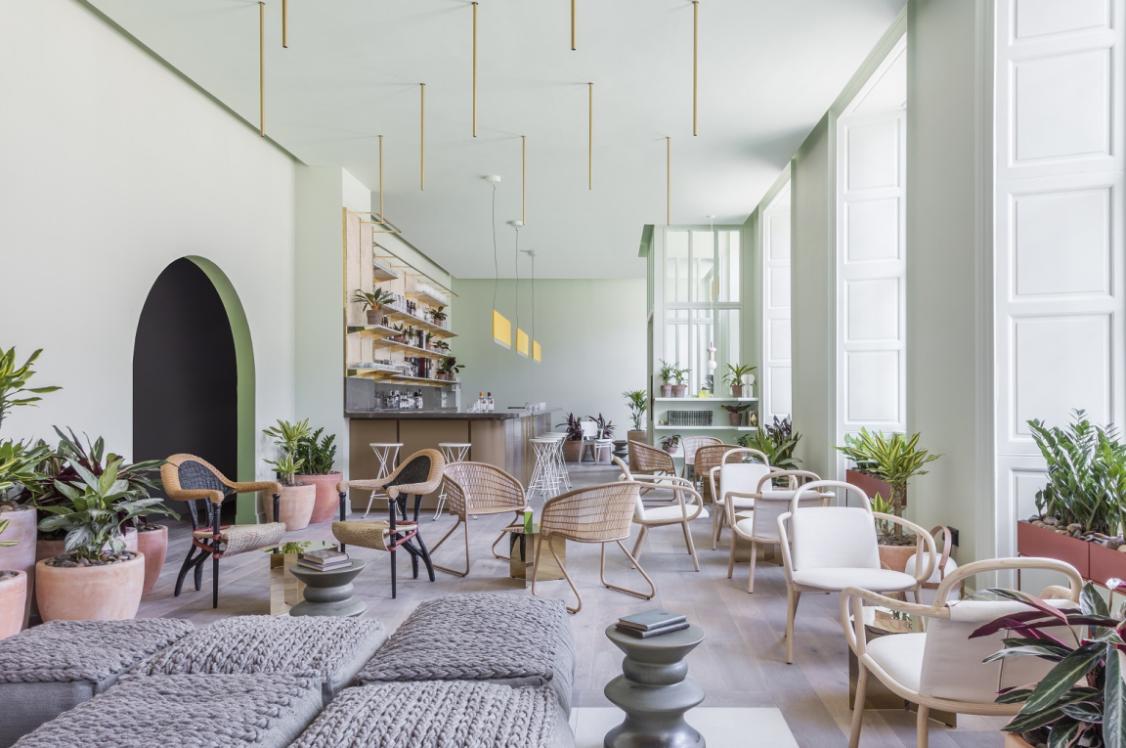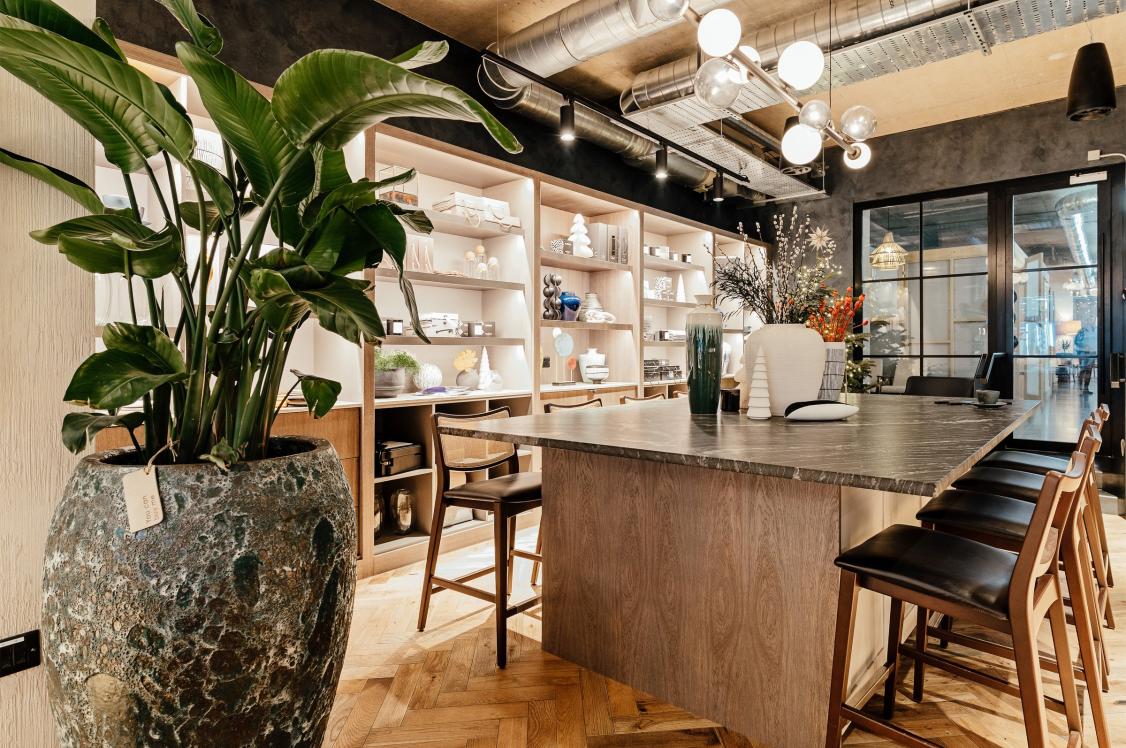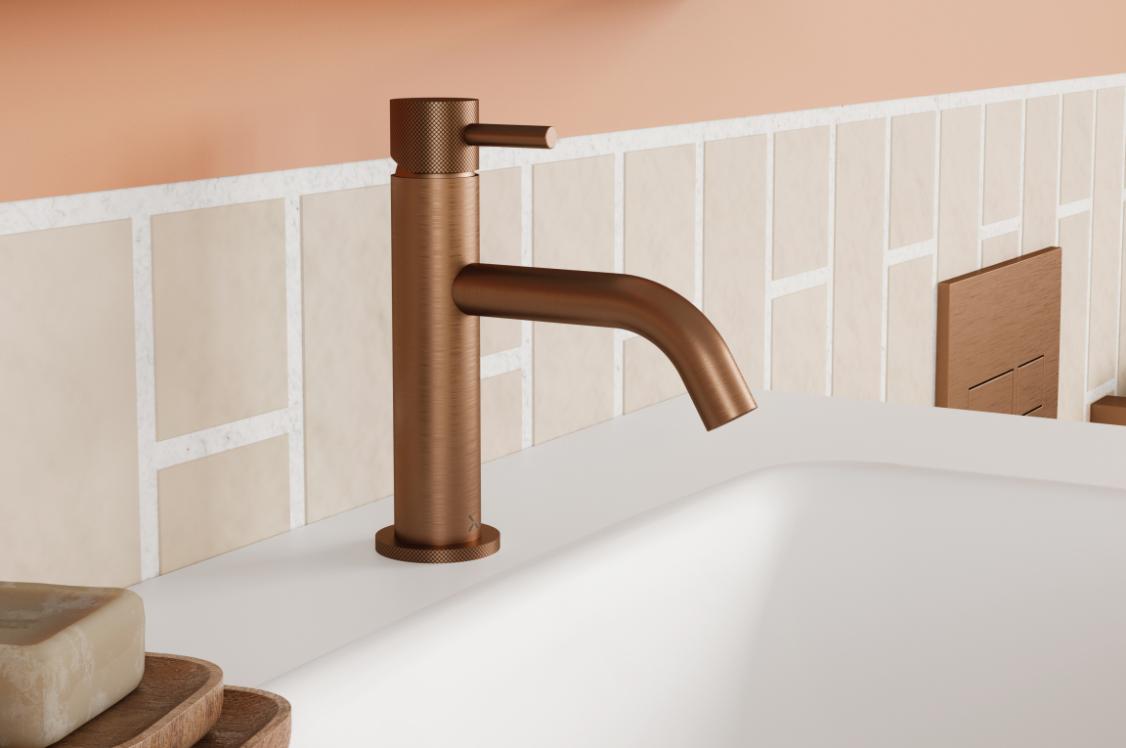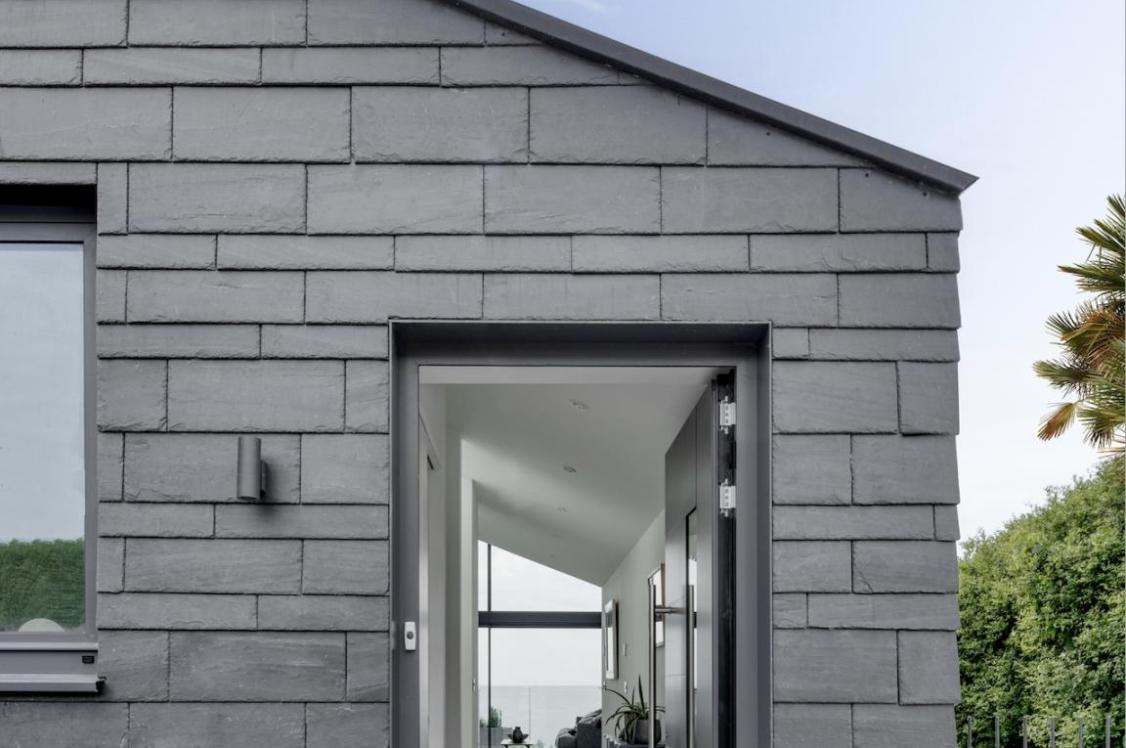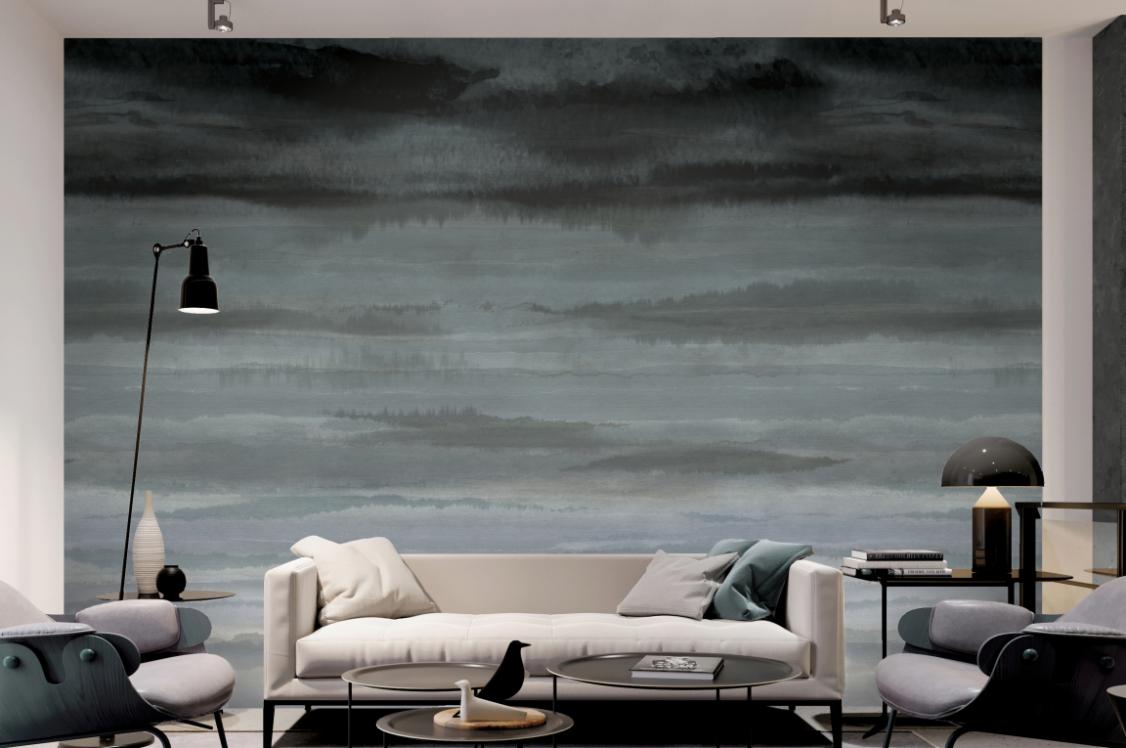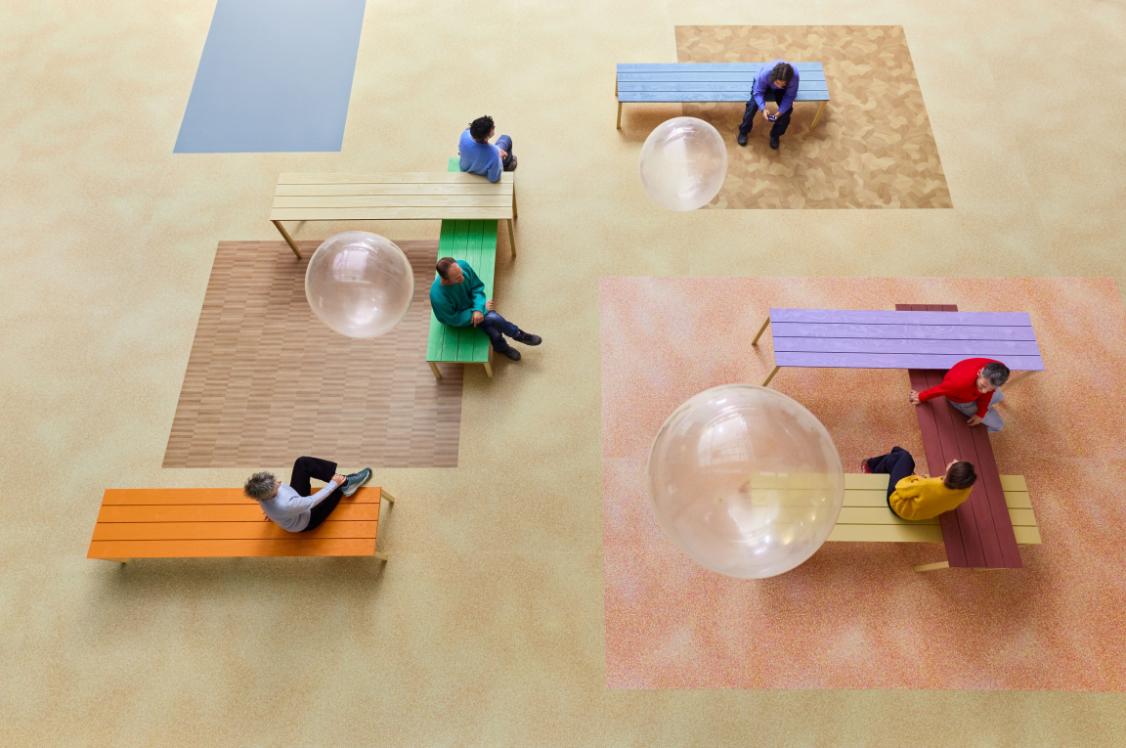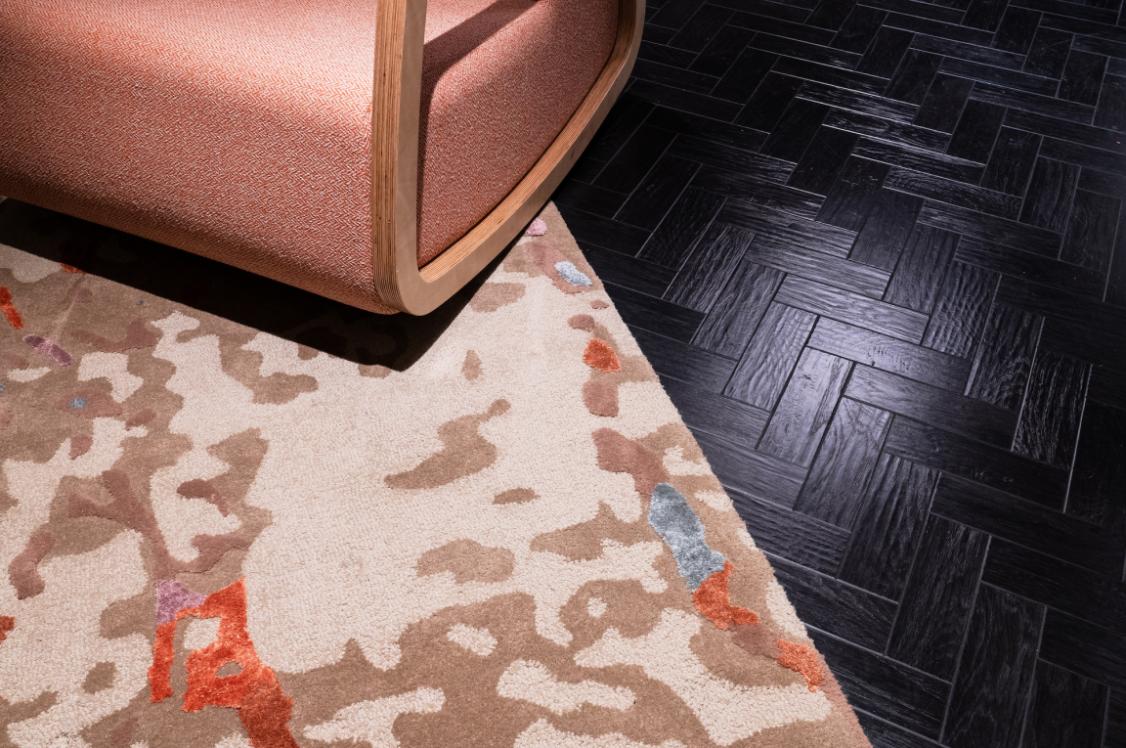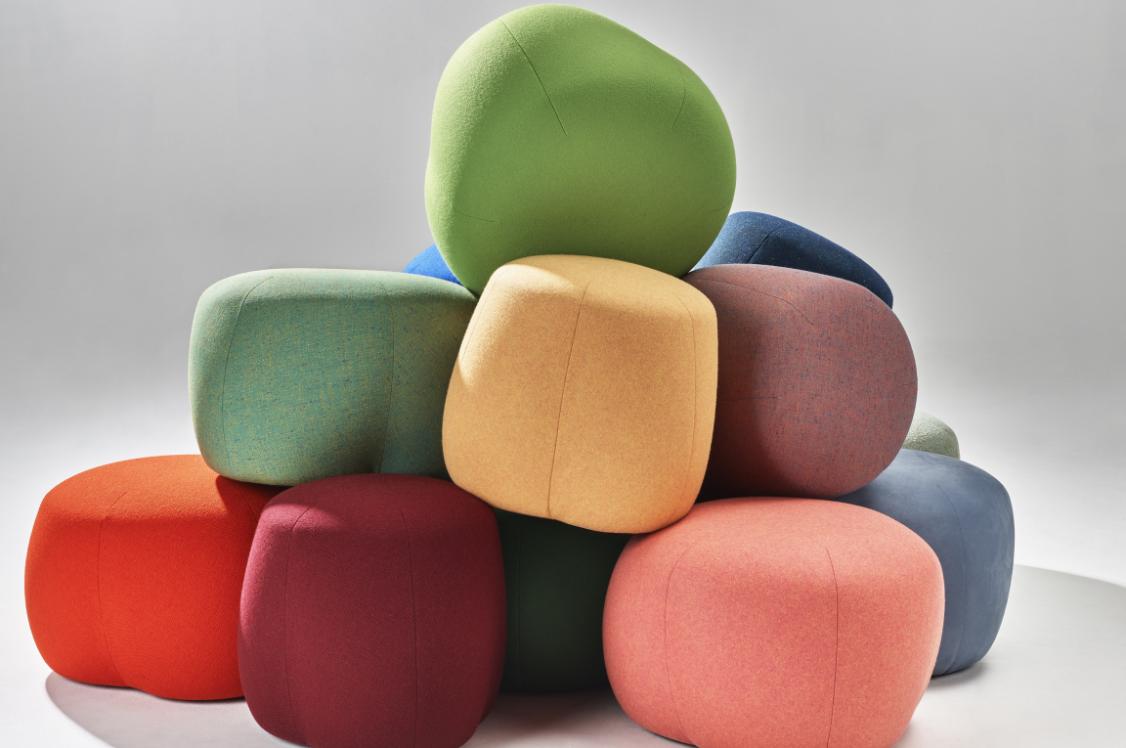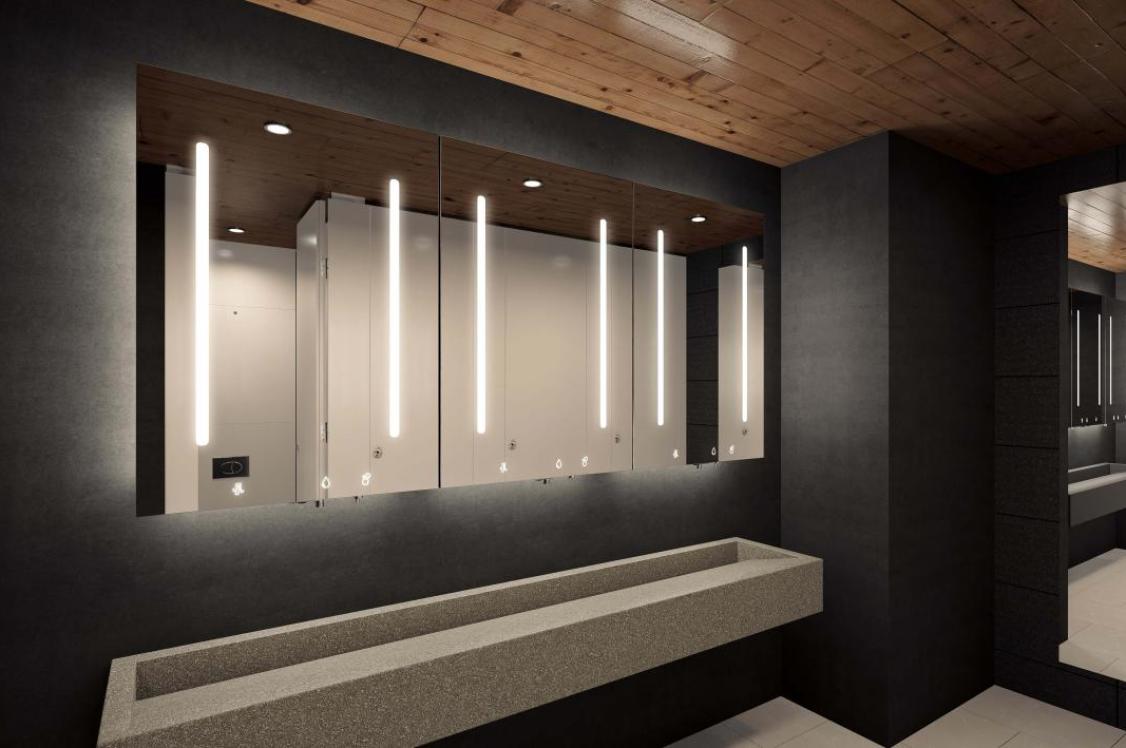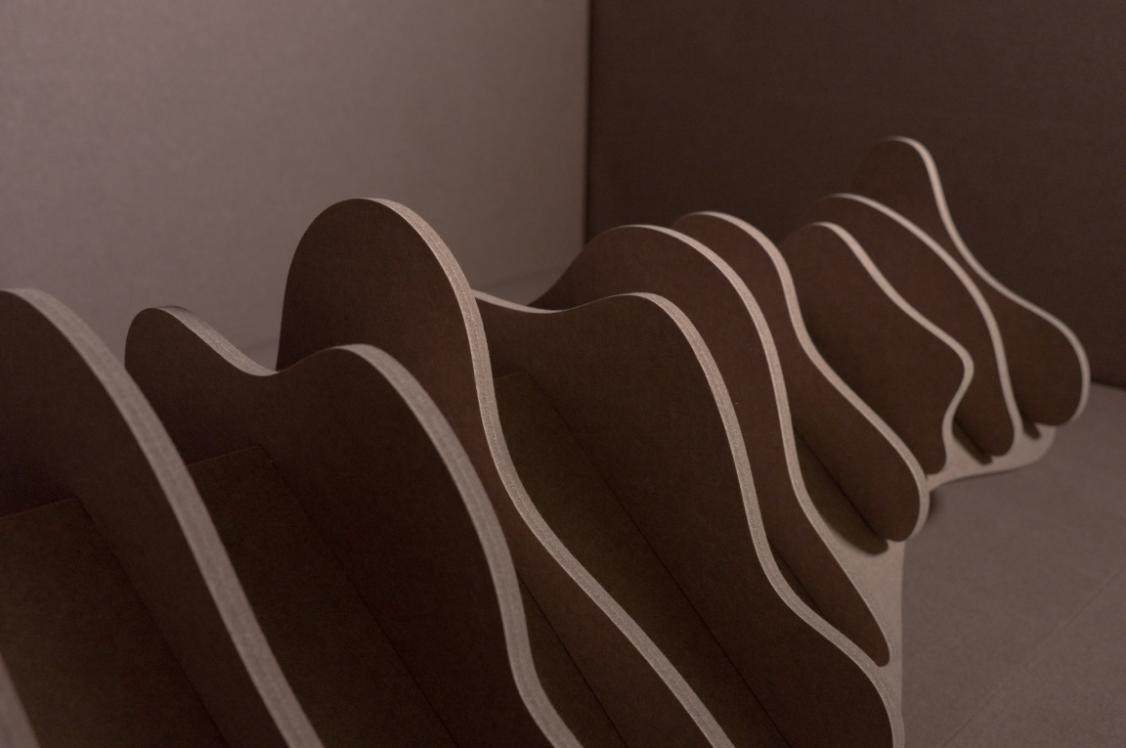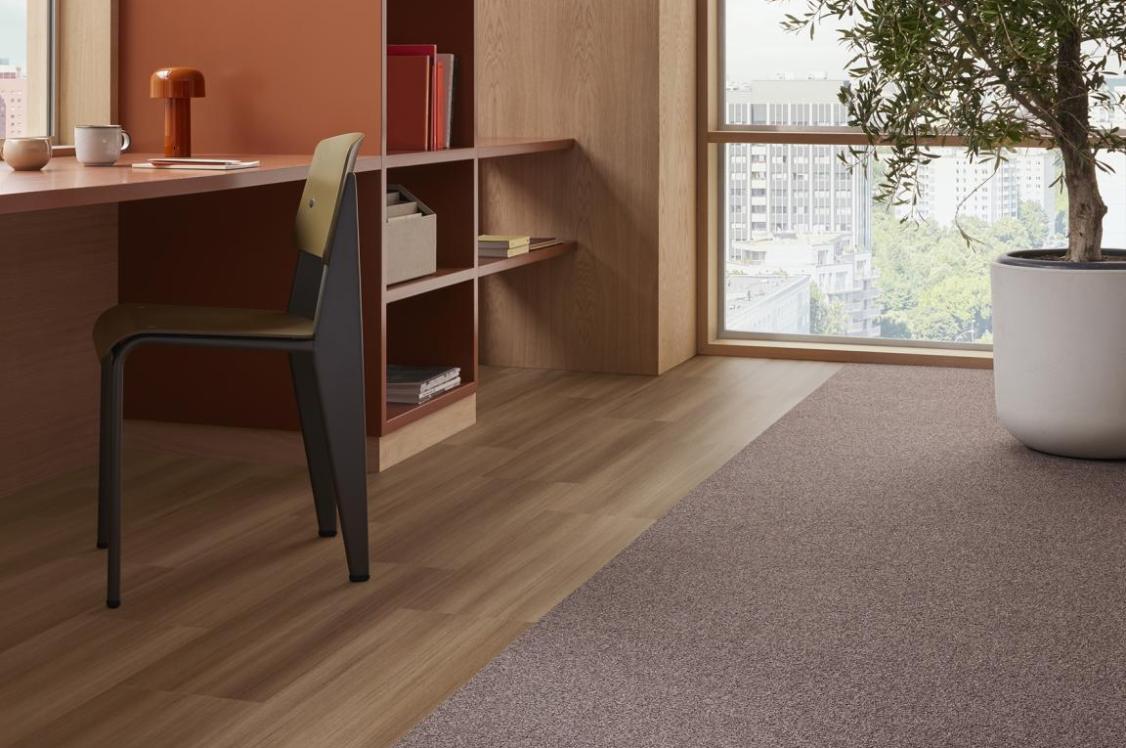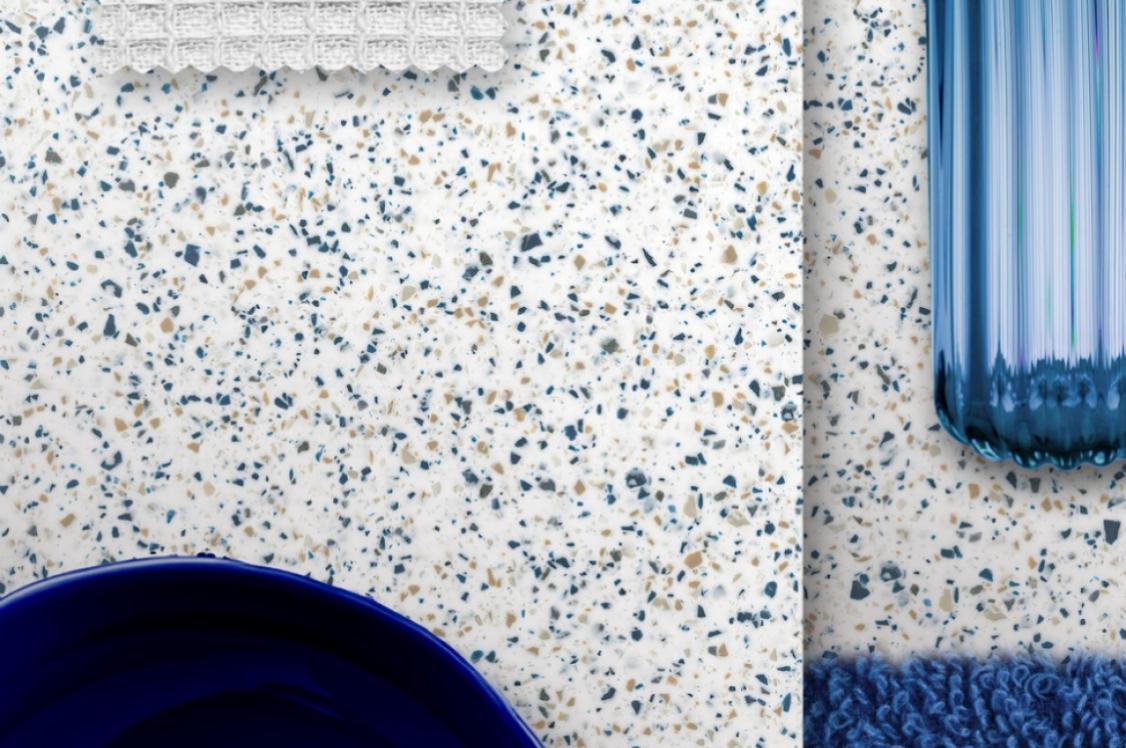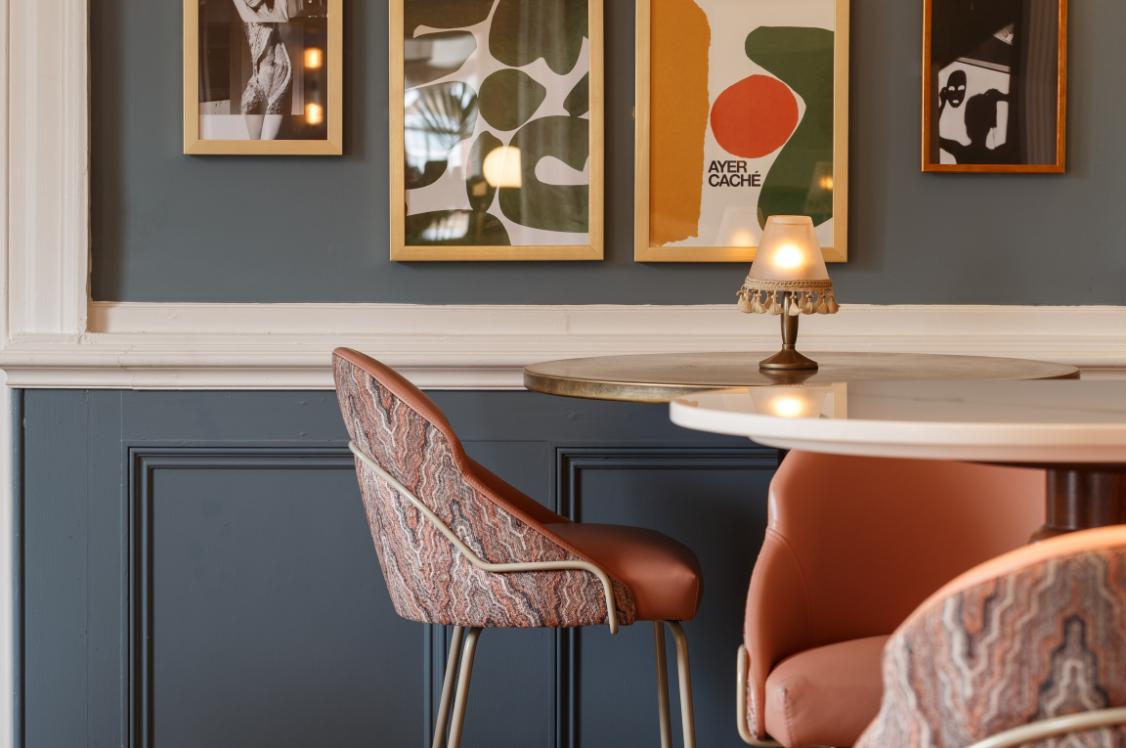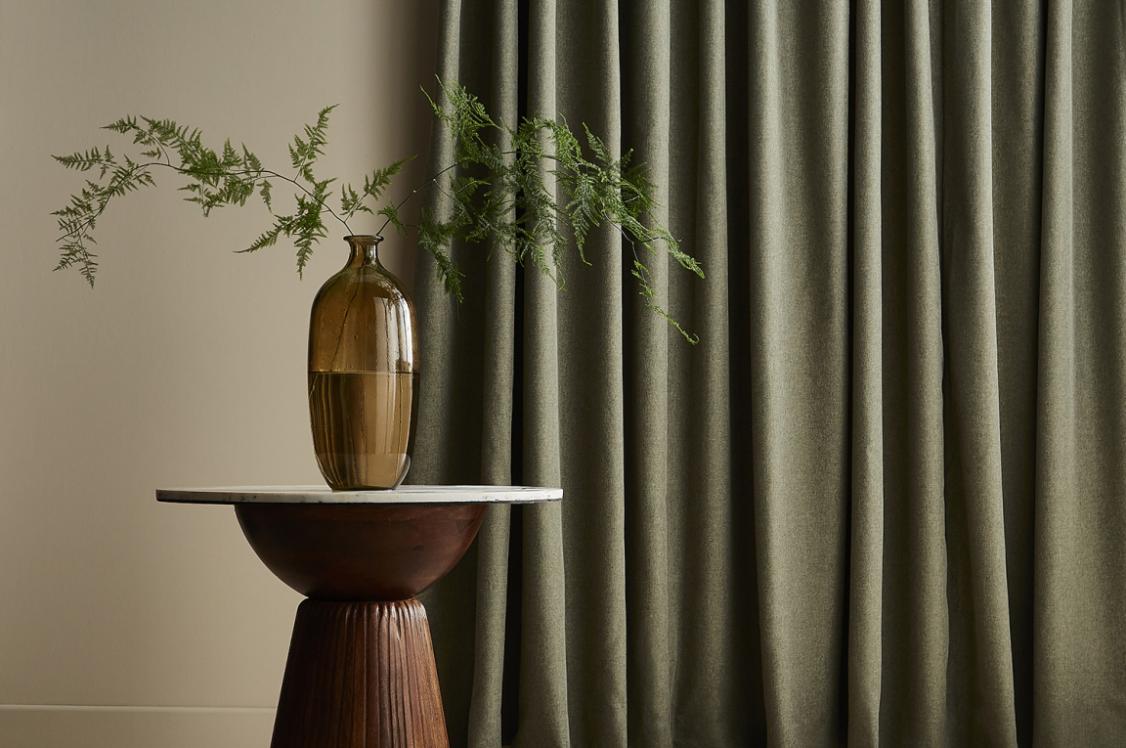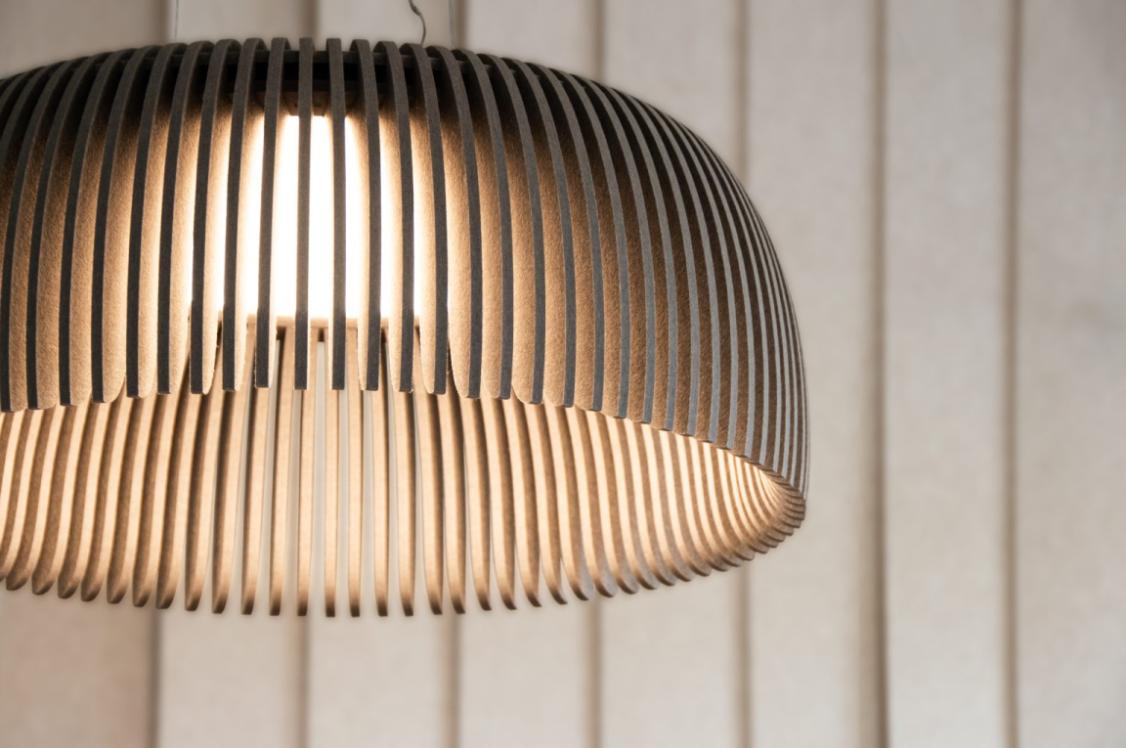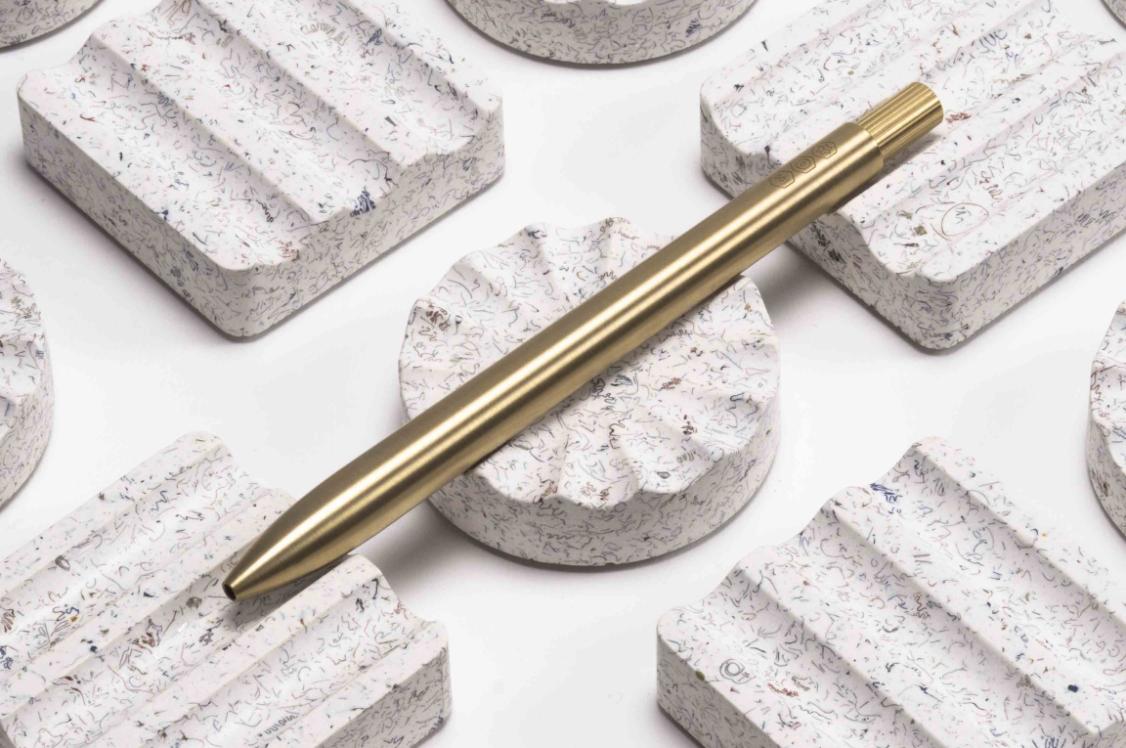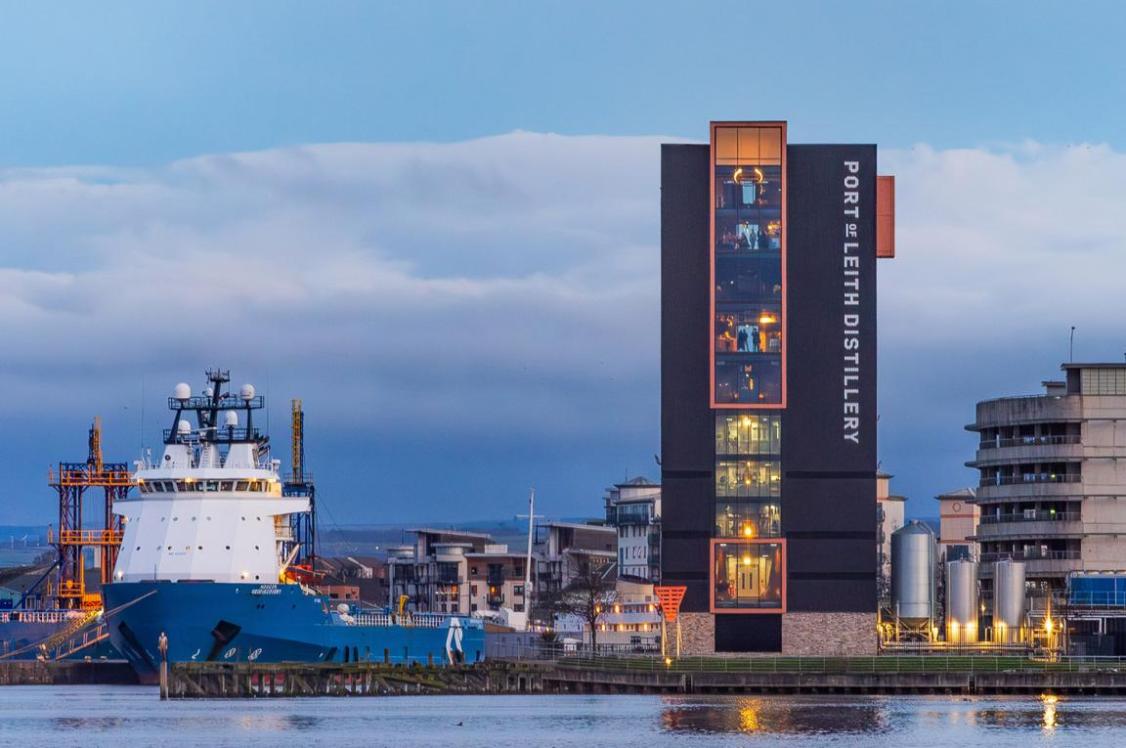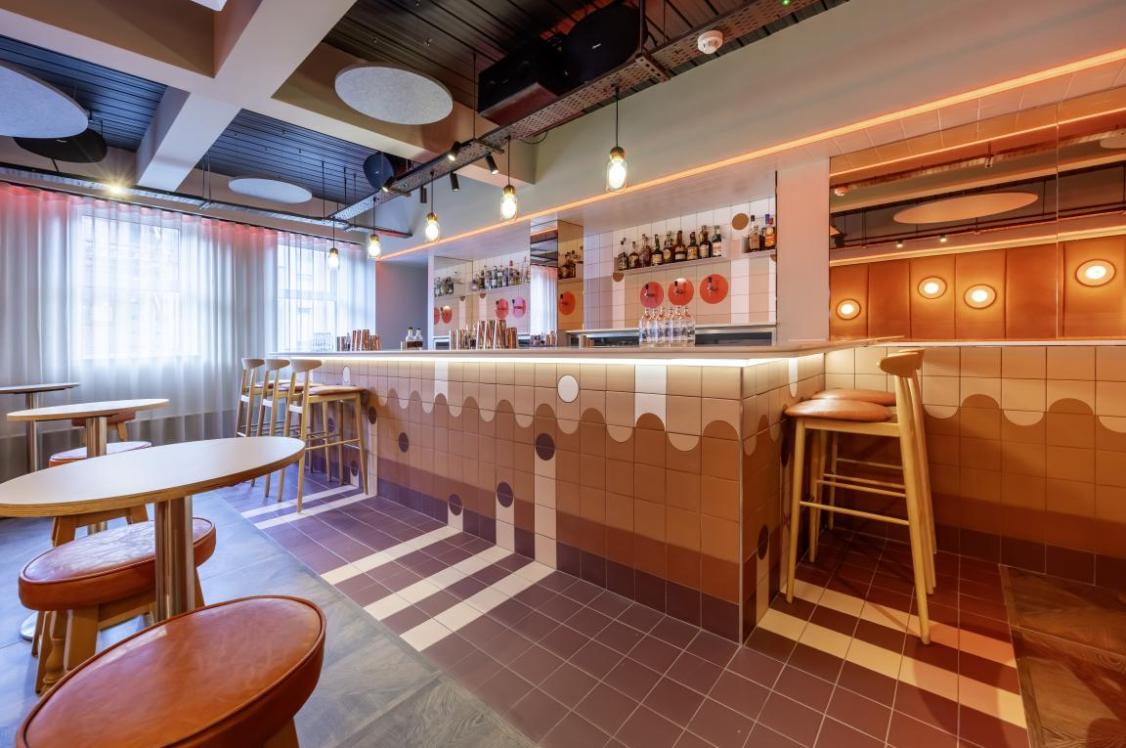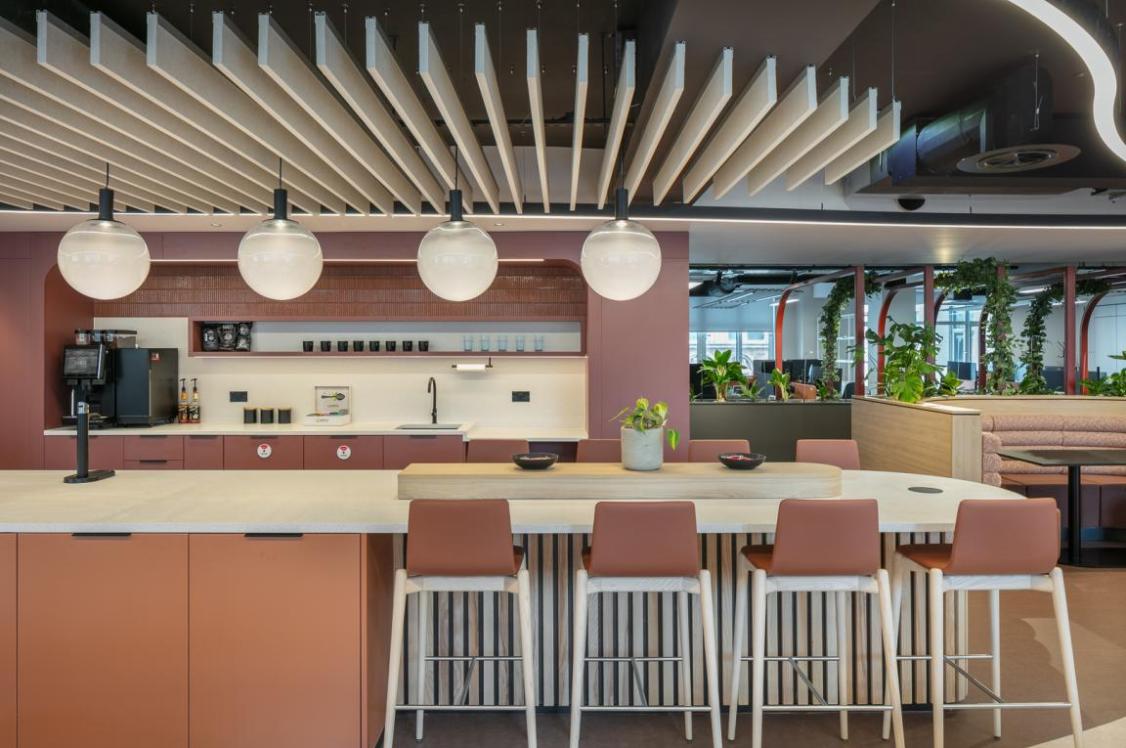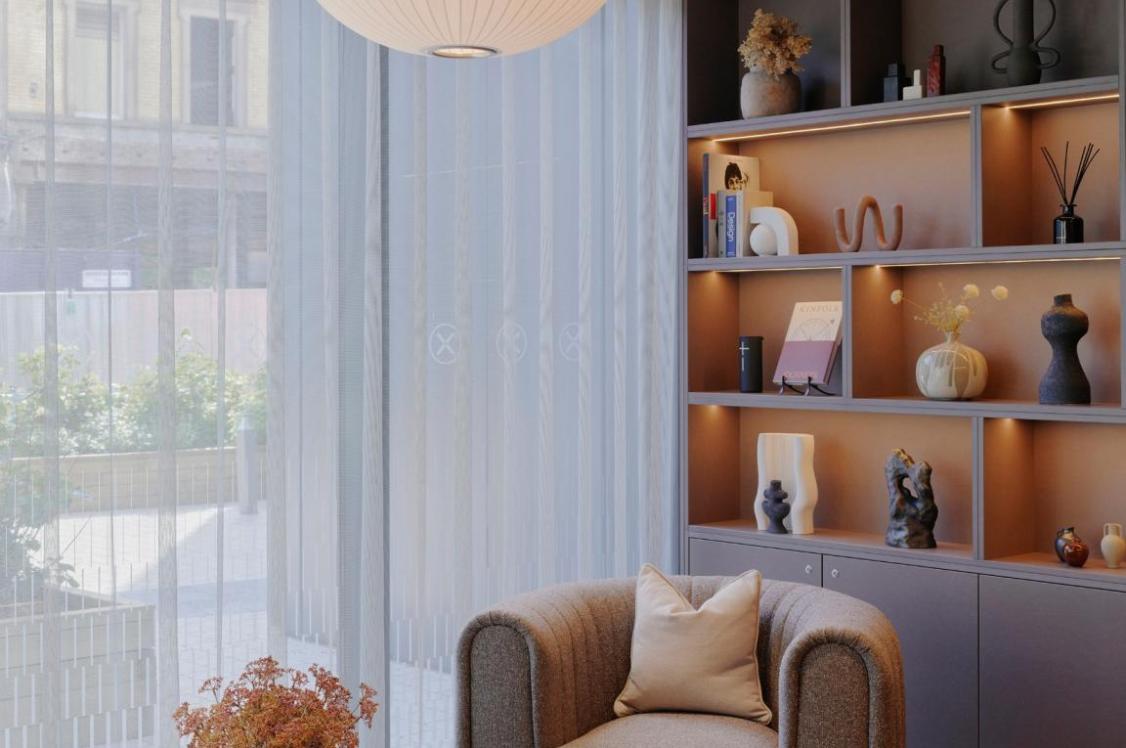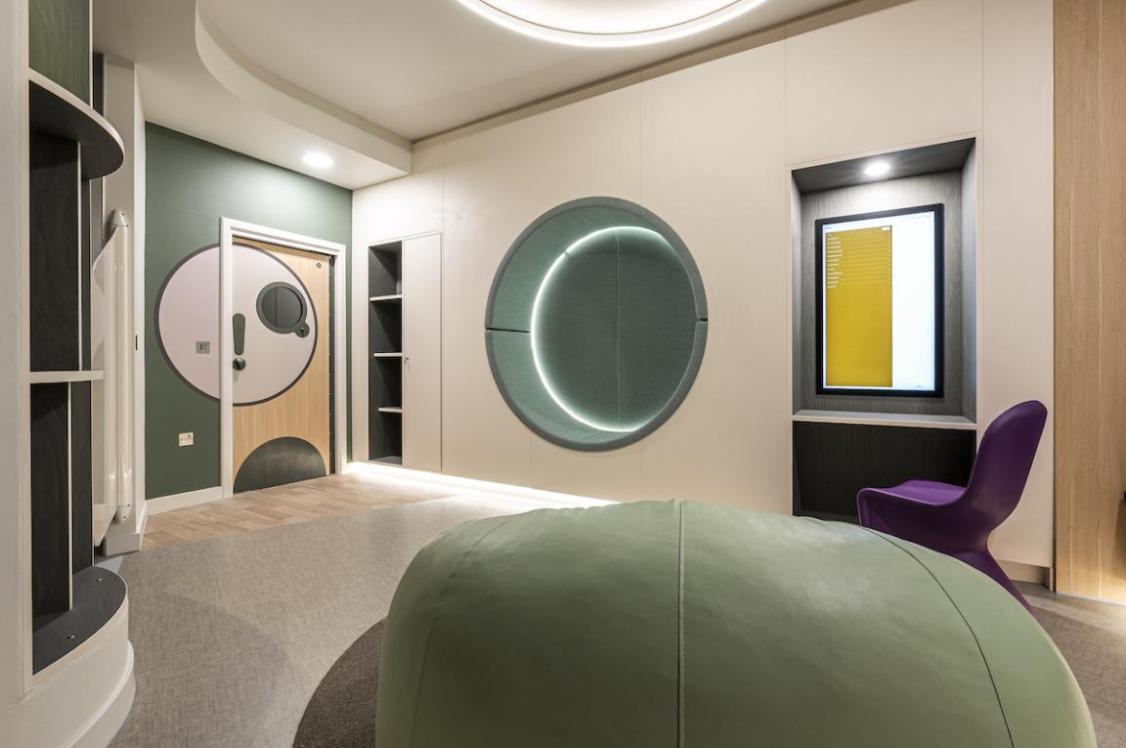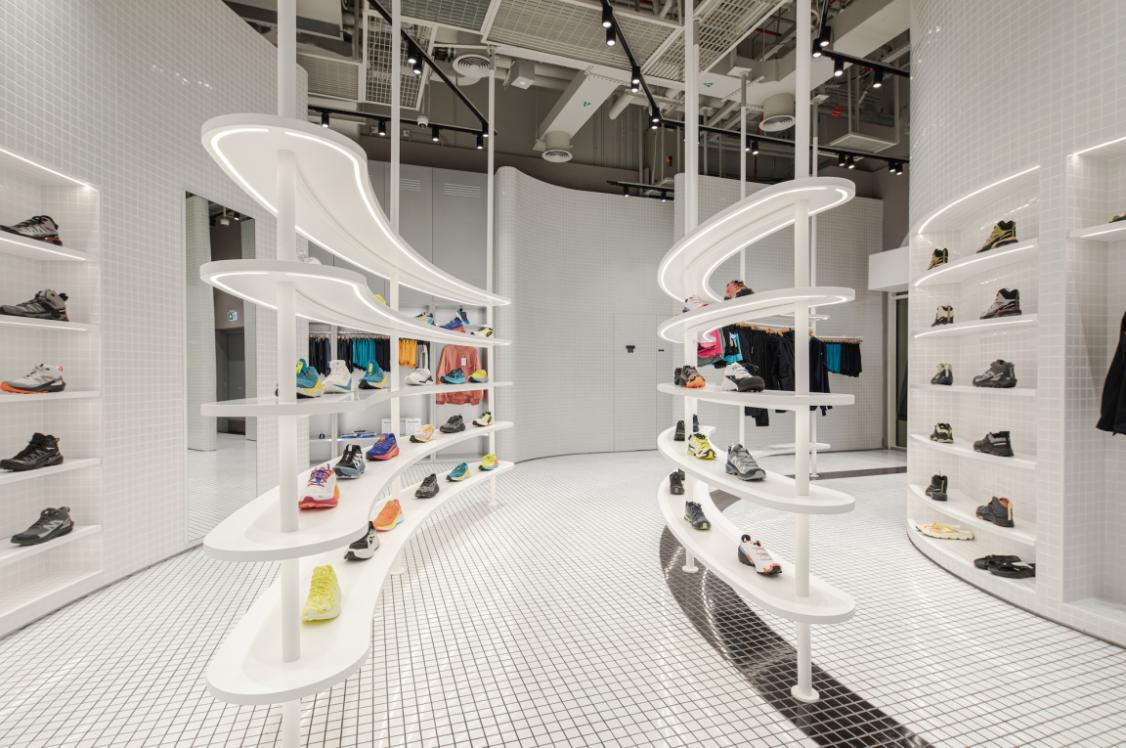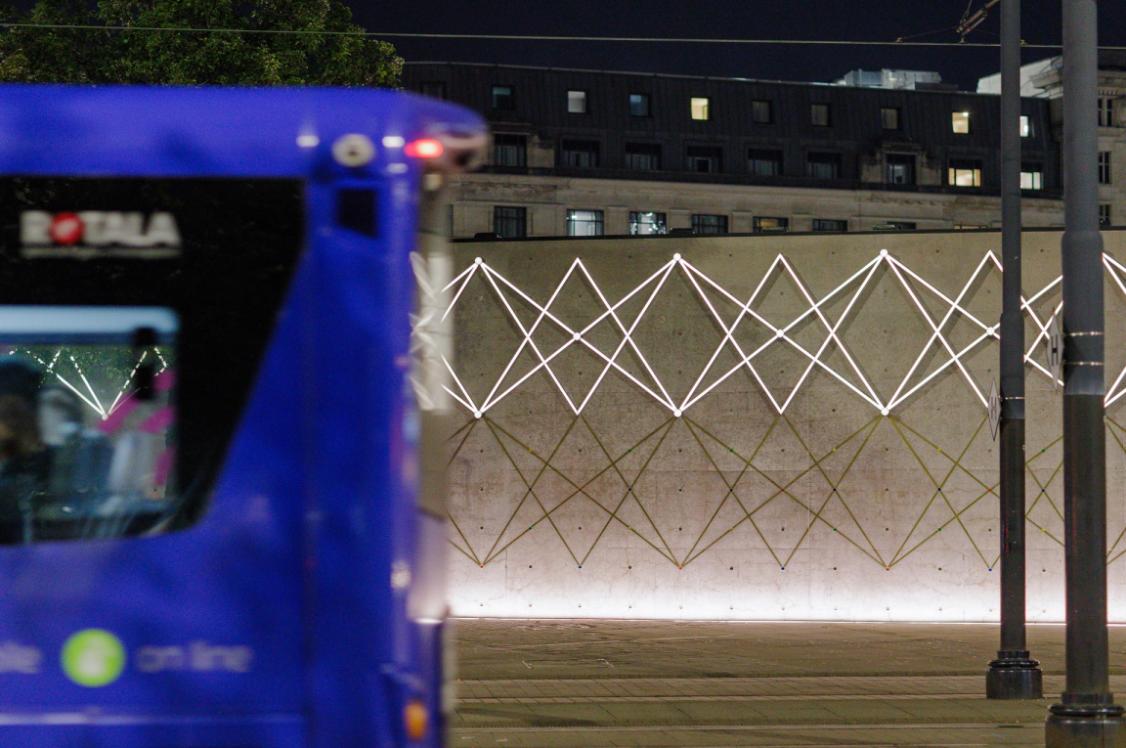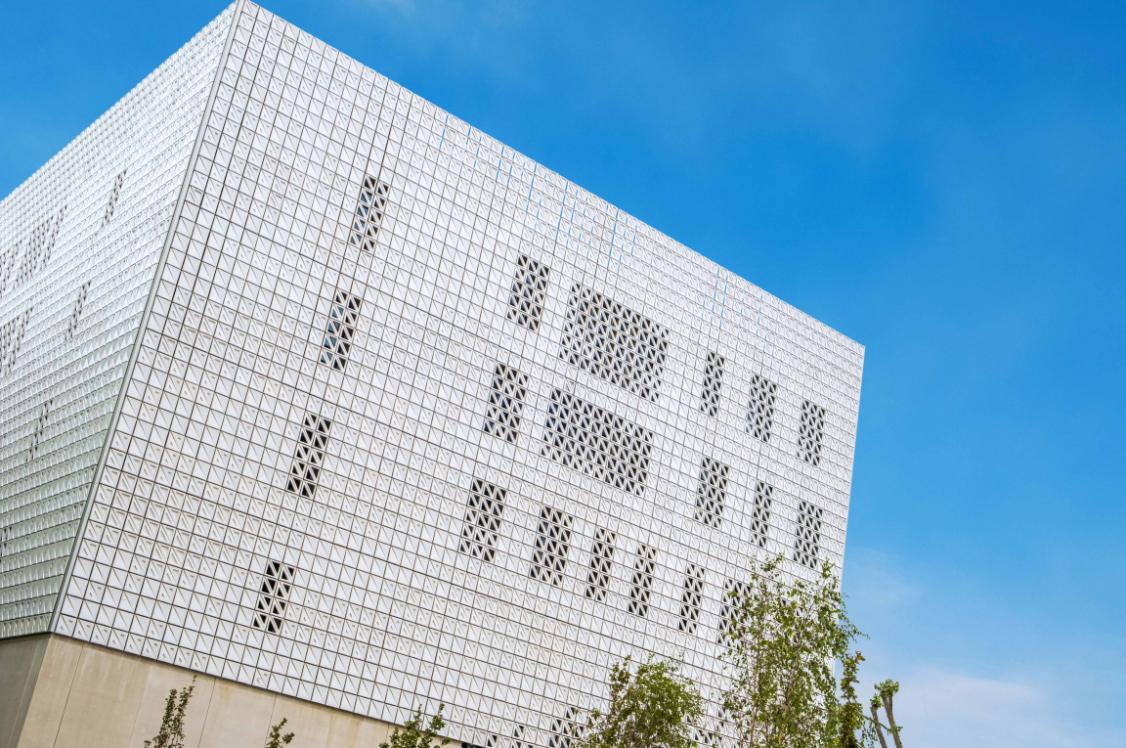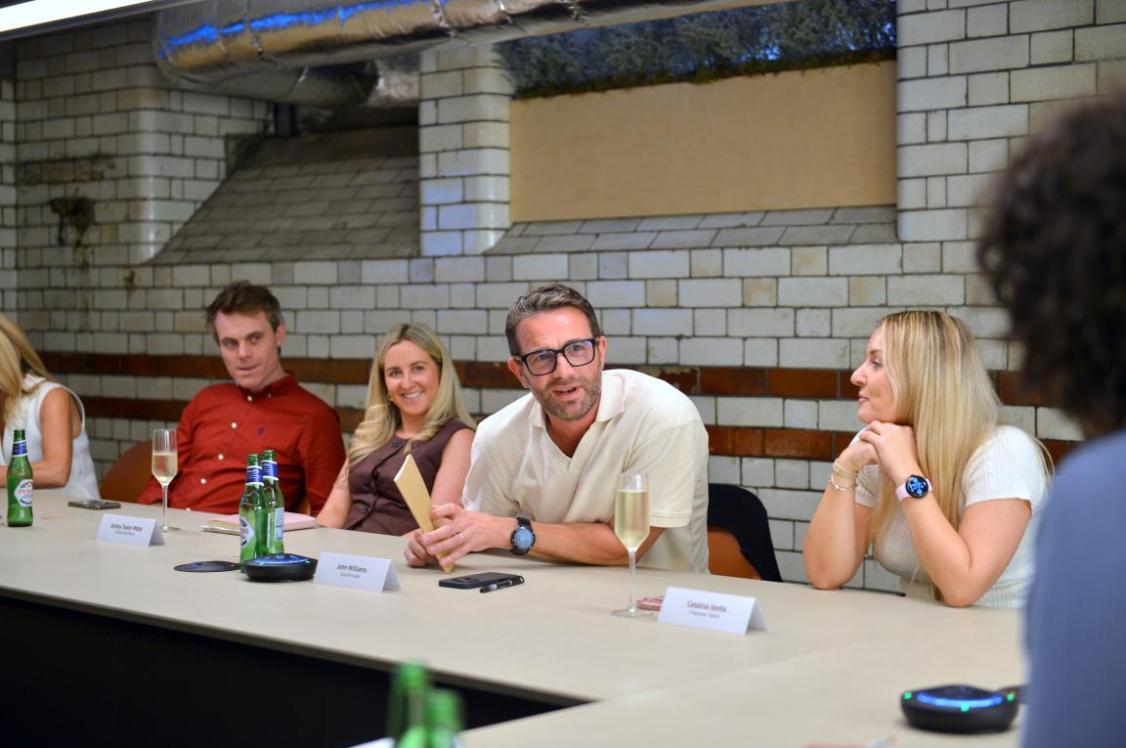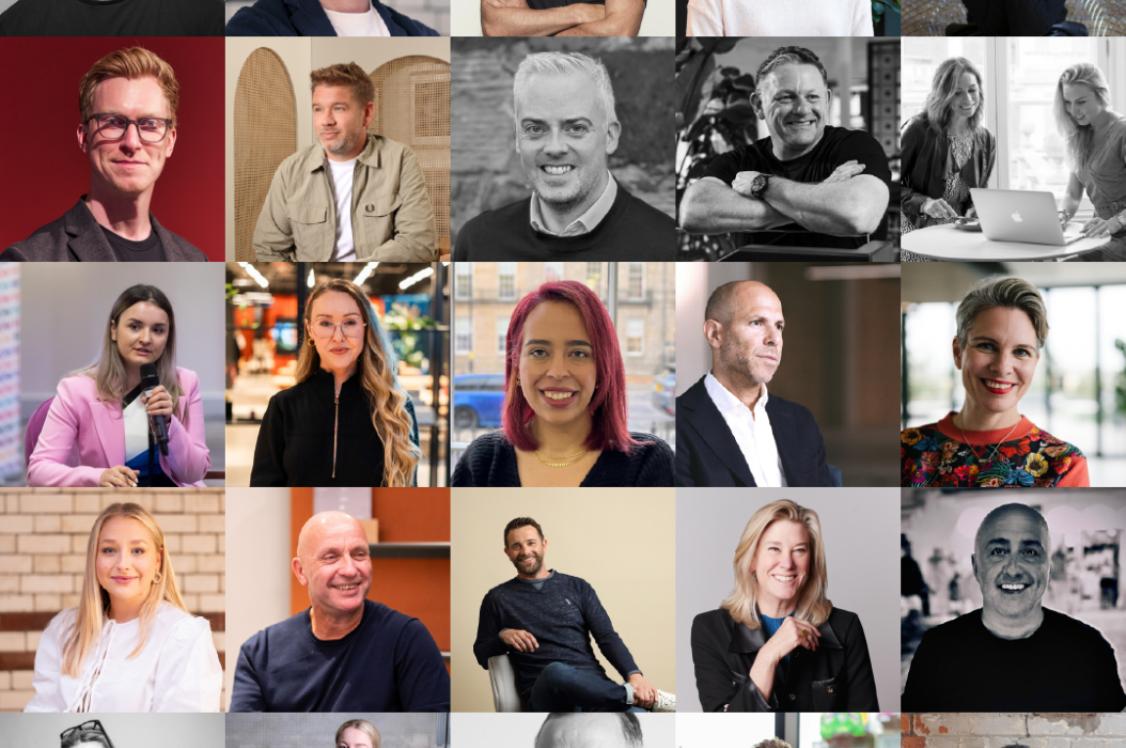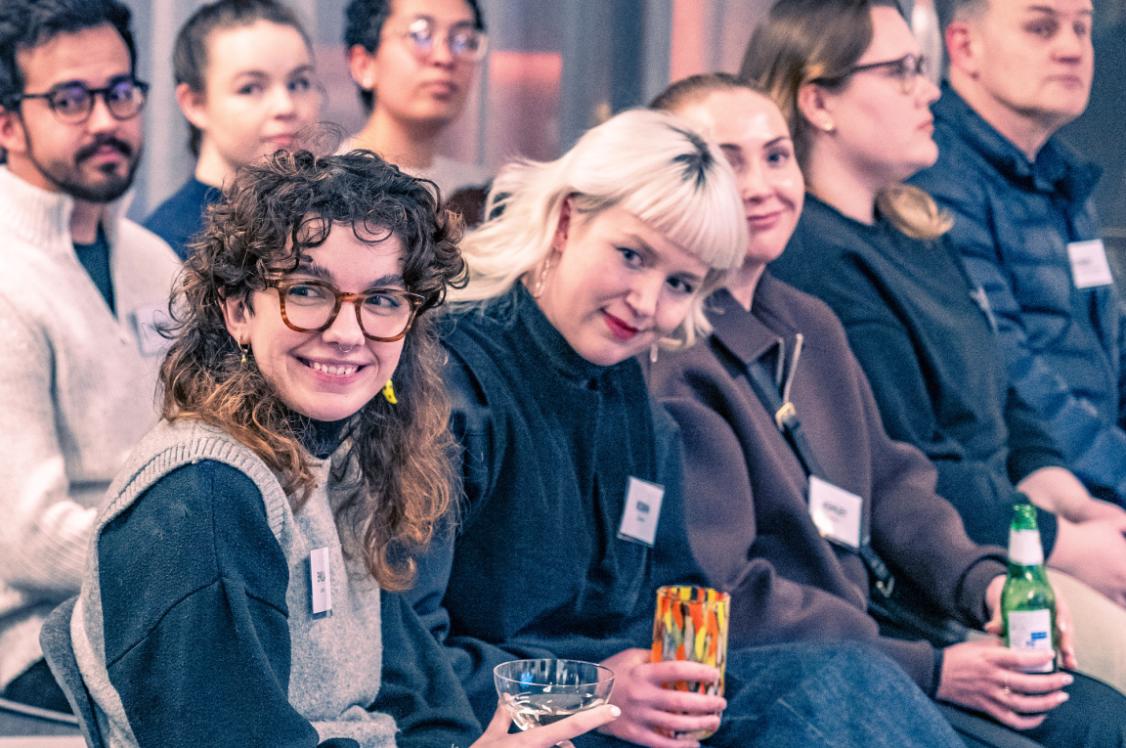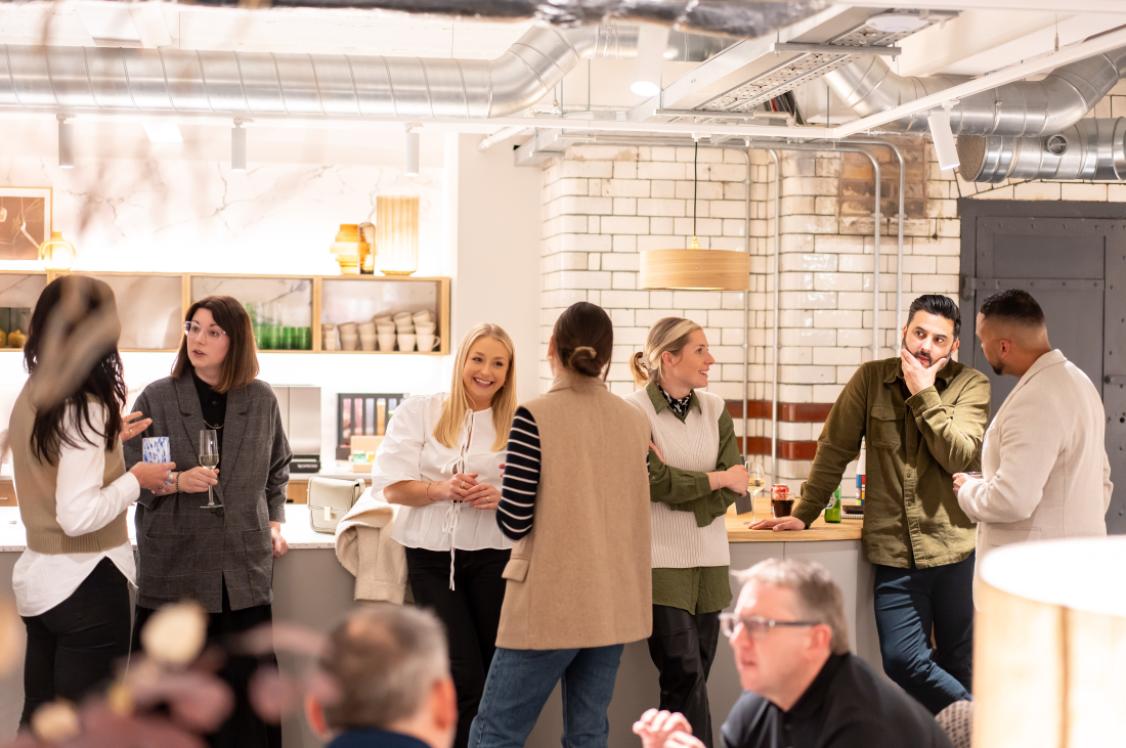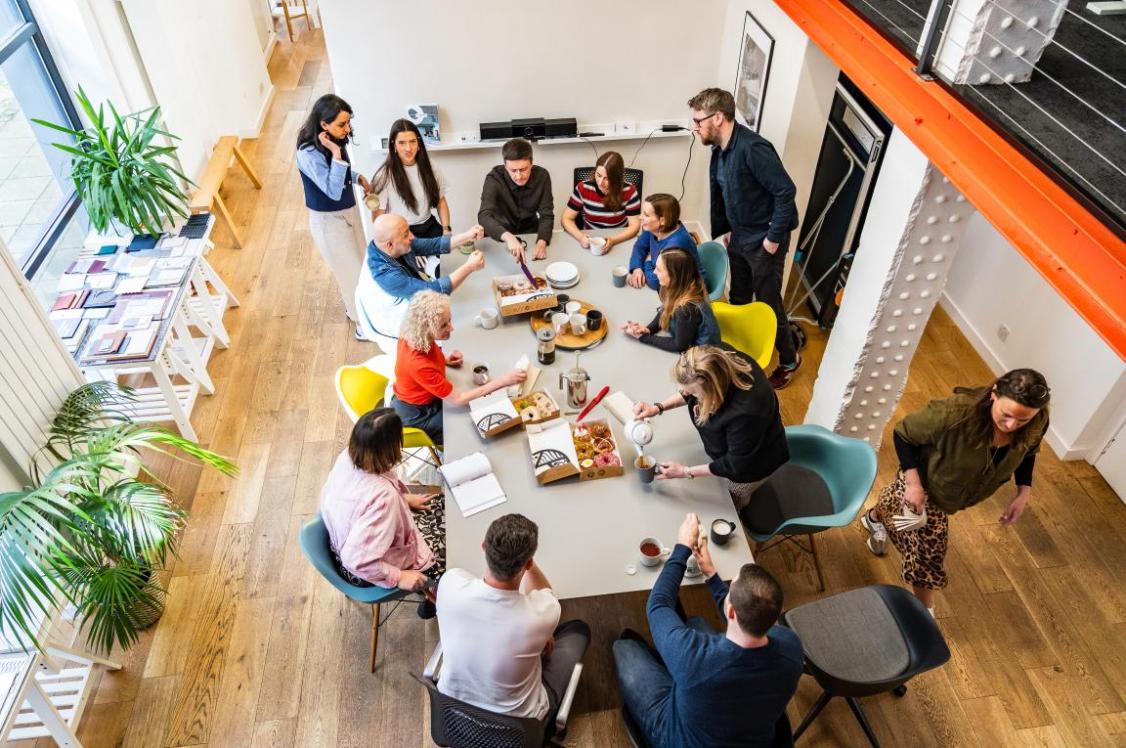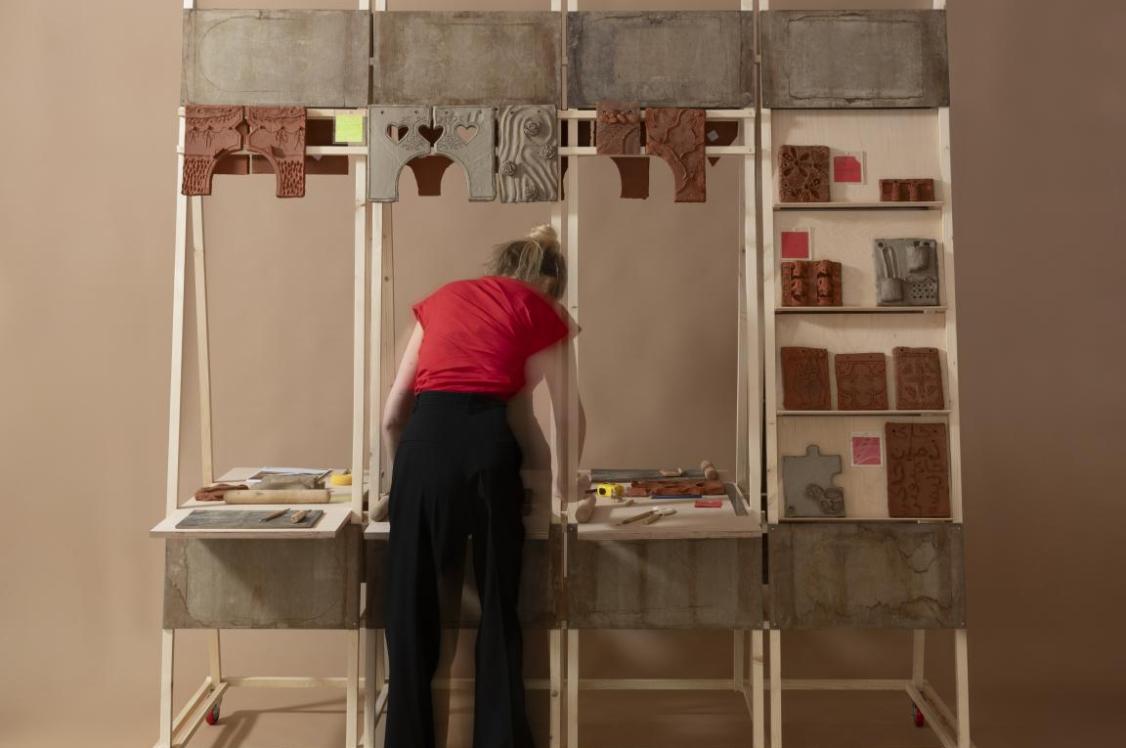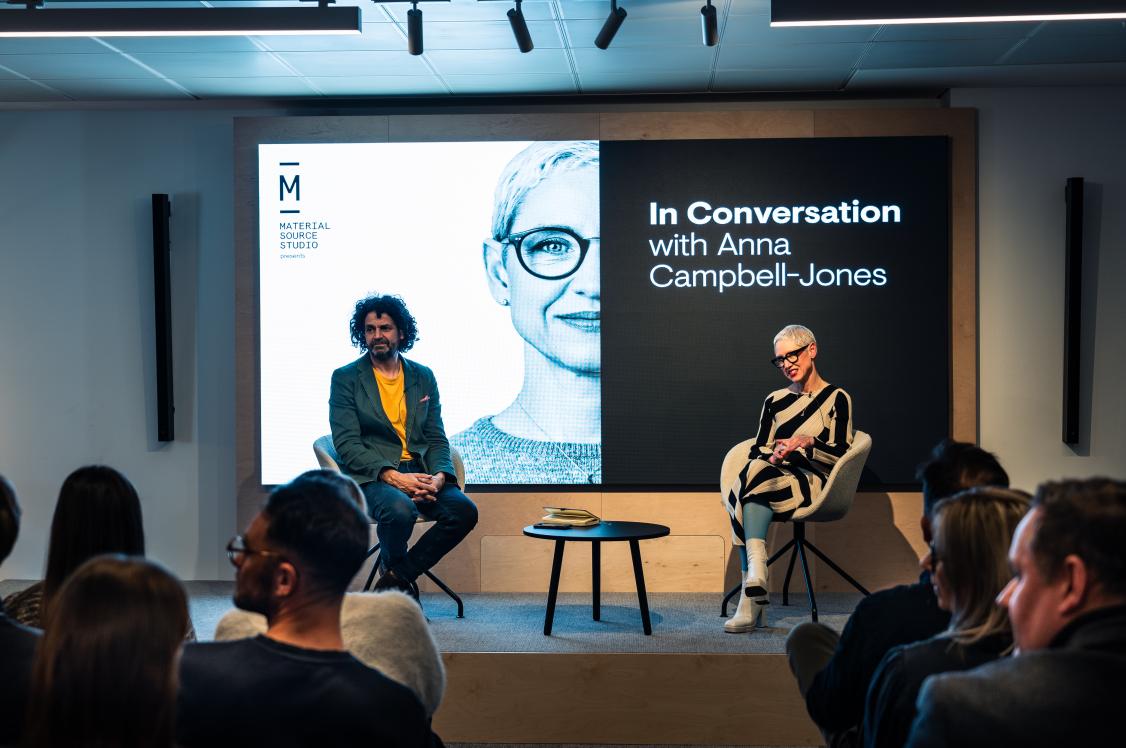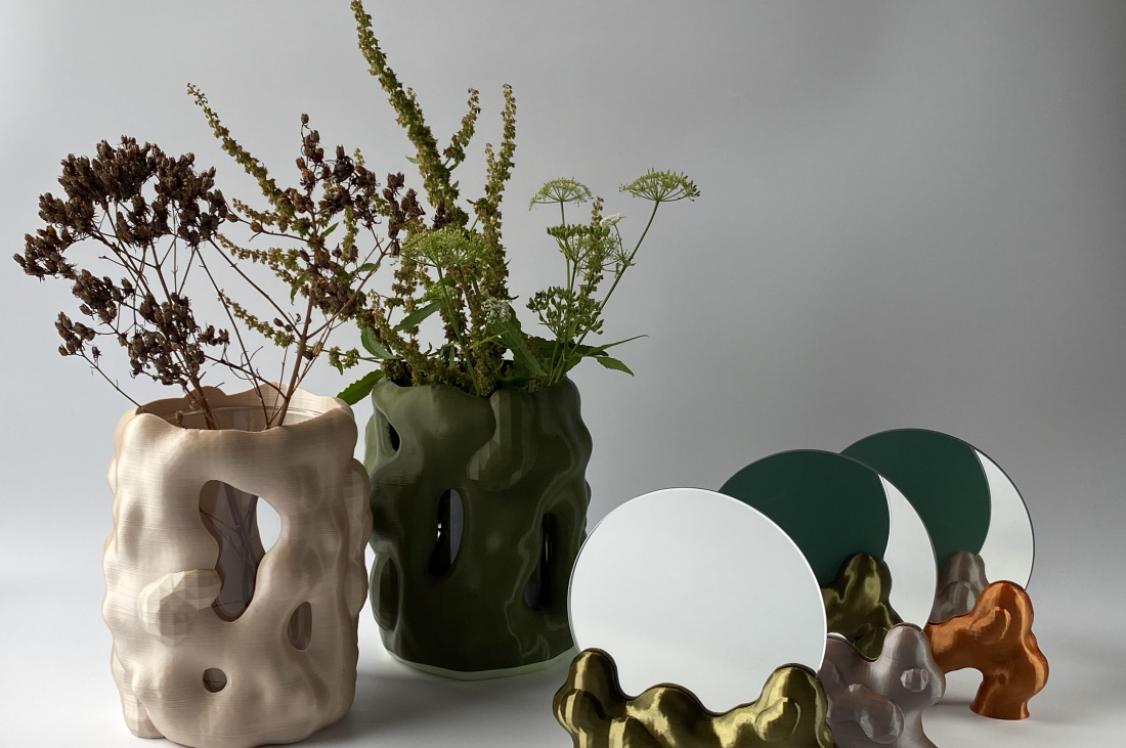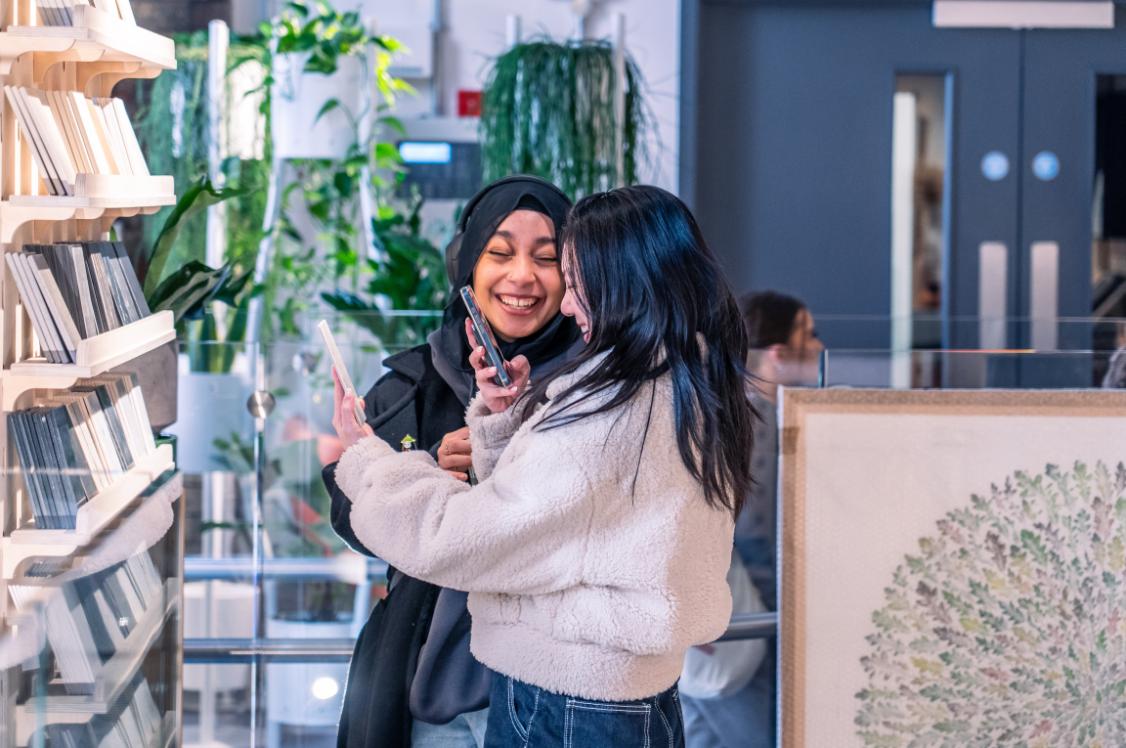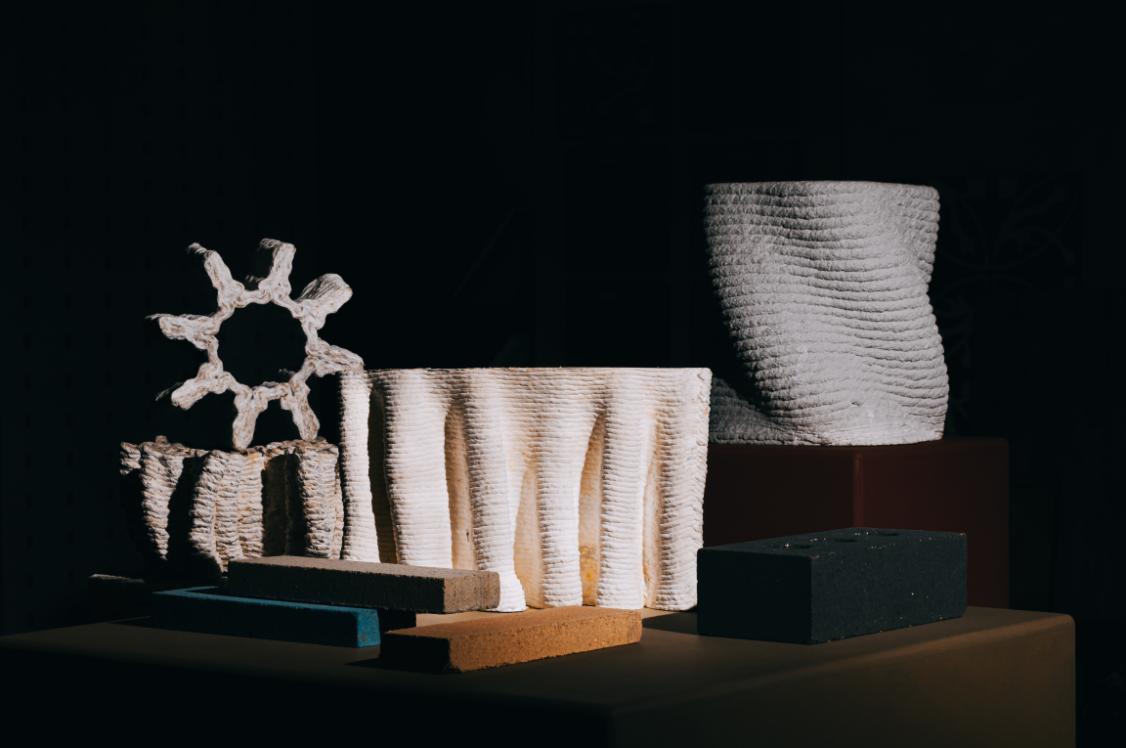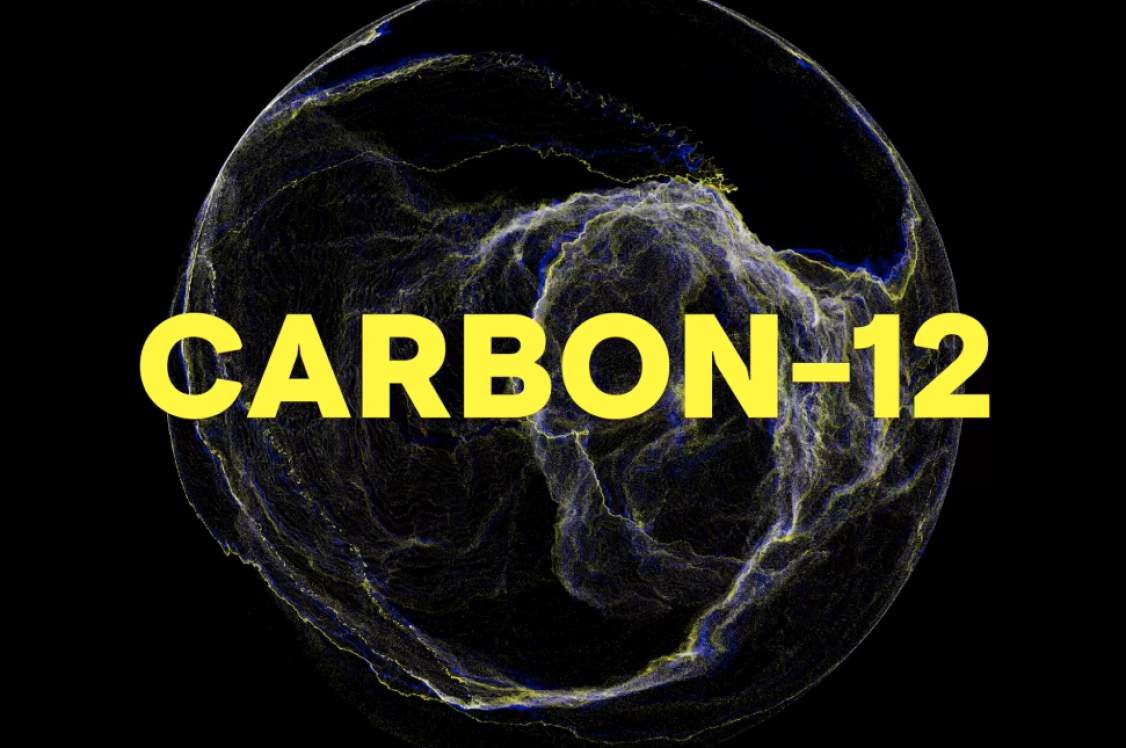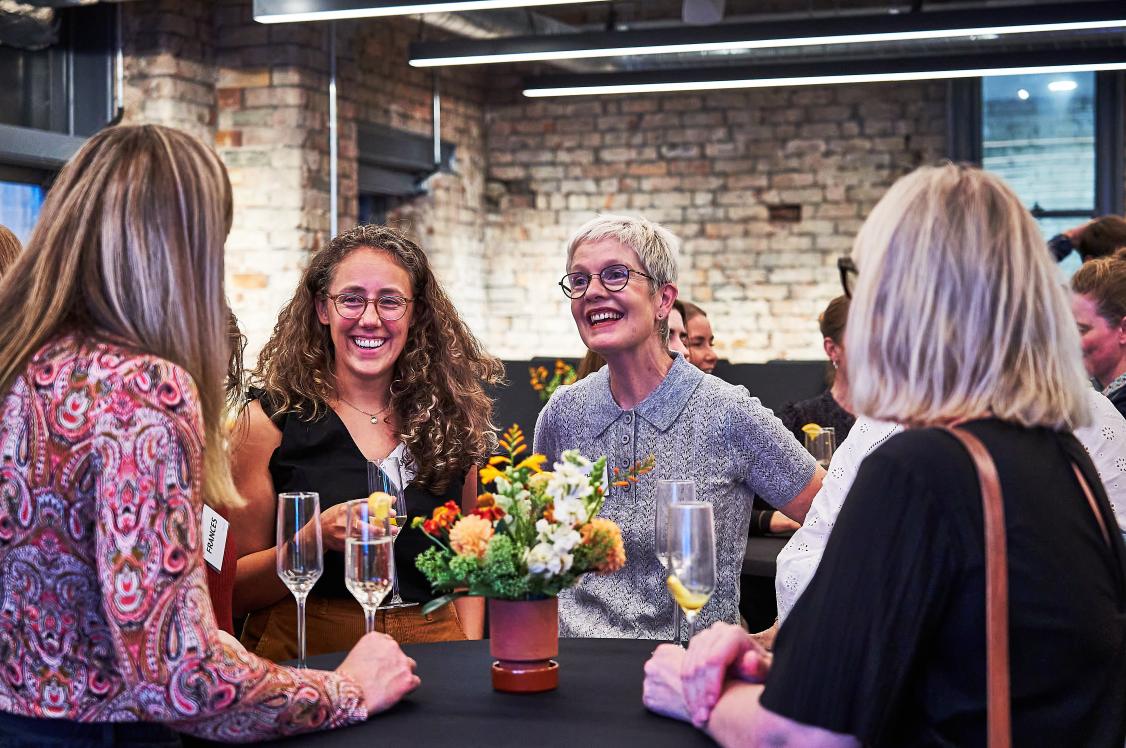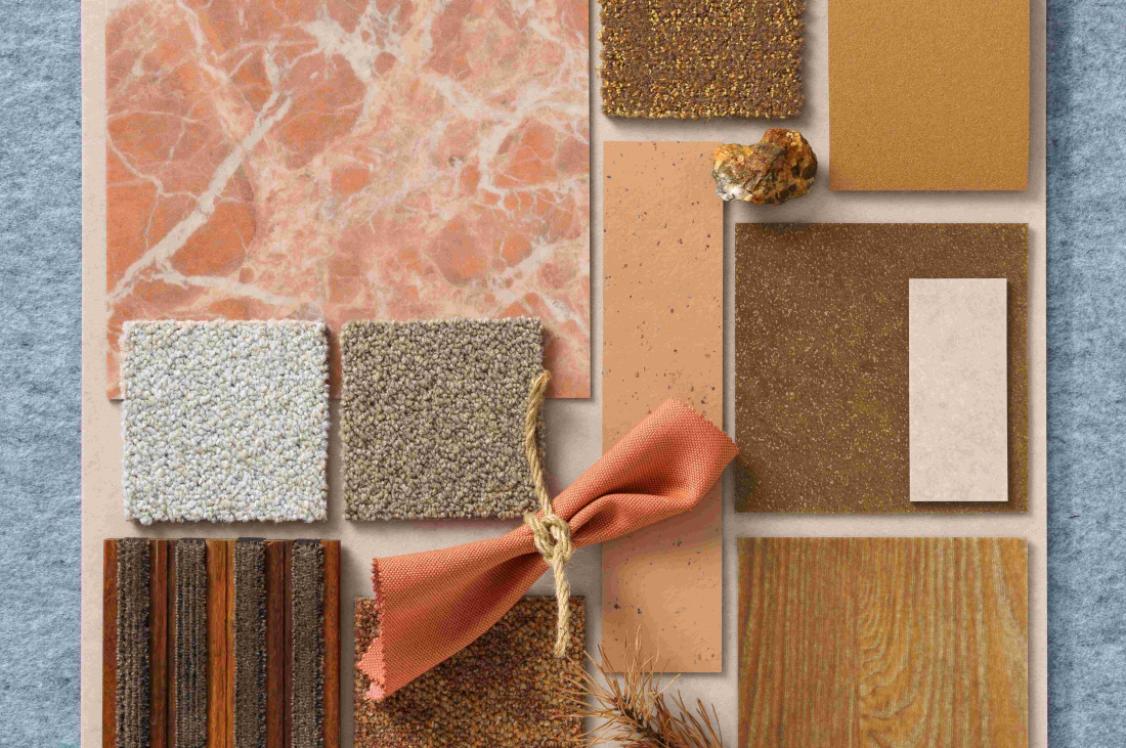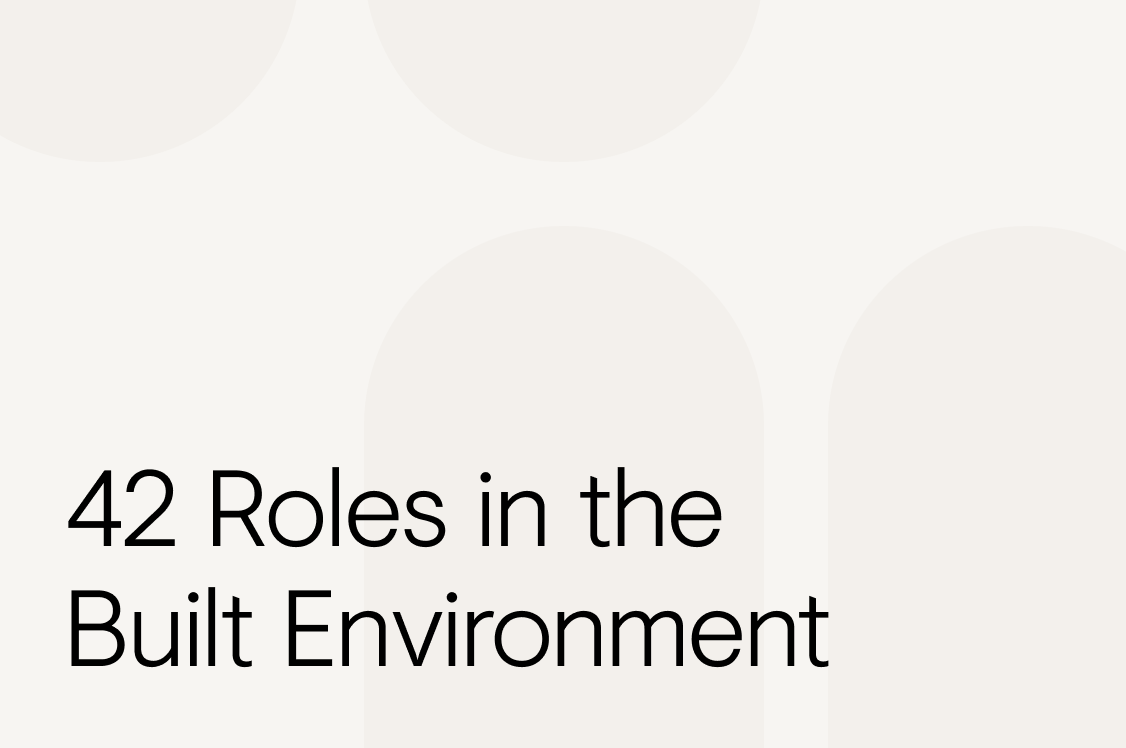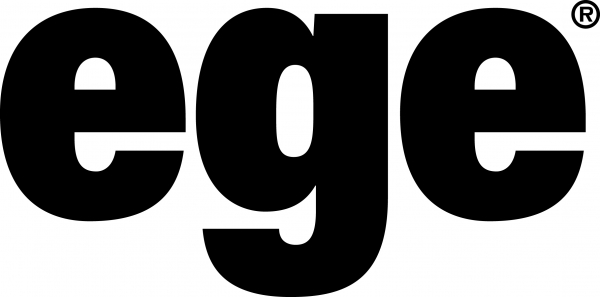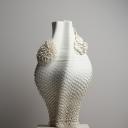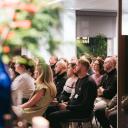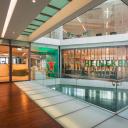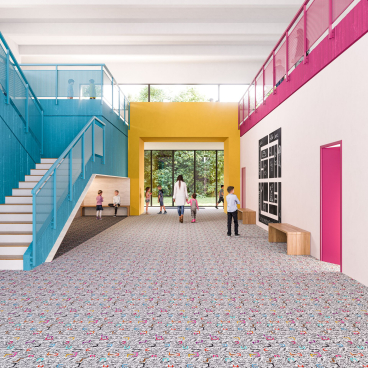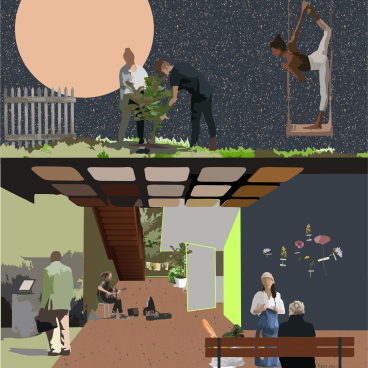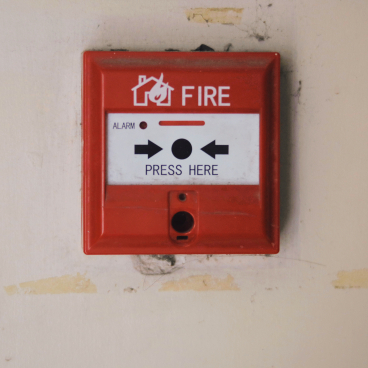Material Source Studio Presents: The Future of Hospitality - Brand vs Experience.
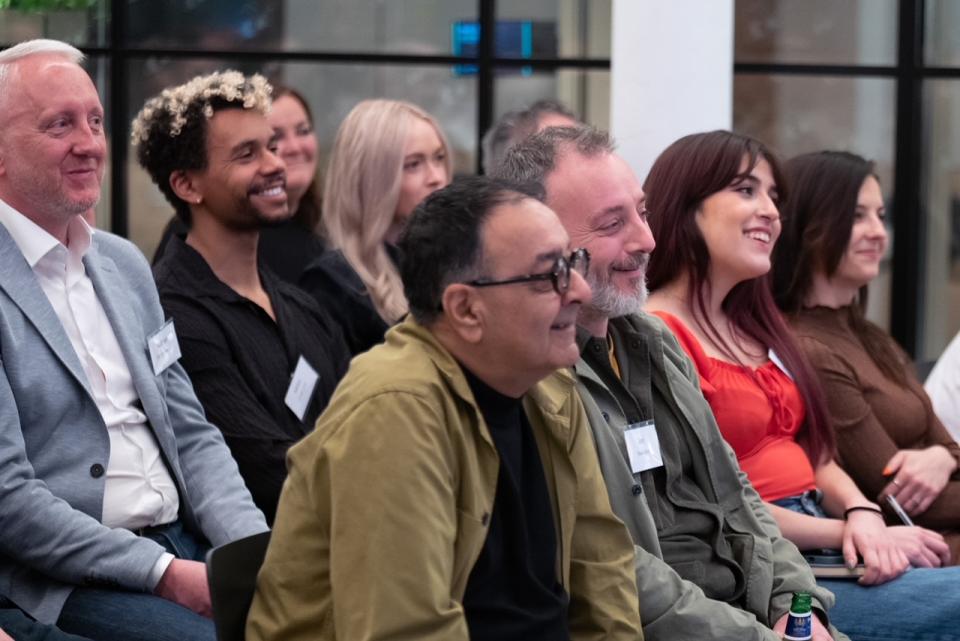
Credit: David Lake
We had another full house for the second event in our Material Source Studio Presents seminar series, The Future of Hospitality: Brand vs Experience.
Hosted by David Smalley of Material Source, a frank yet hopeful conversation took place between our panellists Tim Smith, head of business development, Valor Hospitality; Lucy Noone Blake, founder and director of Pear Communications; and Steve Pilling, owner, Northern Restaurants Ltd.
The discussion only scratched the surface of the many challenges faced by the sector, but offered an insight into how industry leaders are charging full force into the future, armed with great design and an agile approach that serves guests and staff alike.
For anyone that couldn't make the event, or for those that did attend, and want a recap on the highlights, here's how the conversation went...
First and foremost, what constitutes good design in hospitality?
"Customer experience created for the people who will actually be using the space," answered Tim.
"Doing something different to the mainstream", added Lucy - citing Albert's Schloss as a standout example. "The first time I went in there, I didn’t know where to look. They have gone so far beyond basic ways of thinking, it's just layers upon layers."
"Change", said Steve. "Design-led and sustainably-led change."
So, in that case, is 'change' a crucial element of stellar hospitality design?
"Not necessarily", replied Lucy, "but the level of impact must continue to hit at the same point on every visit."
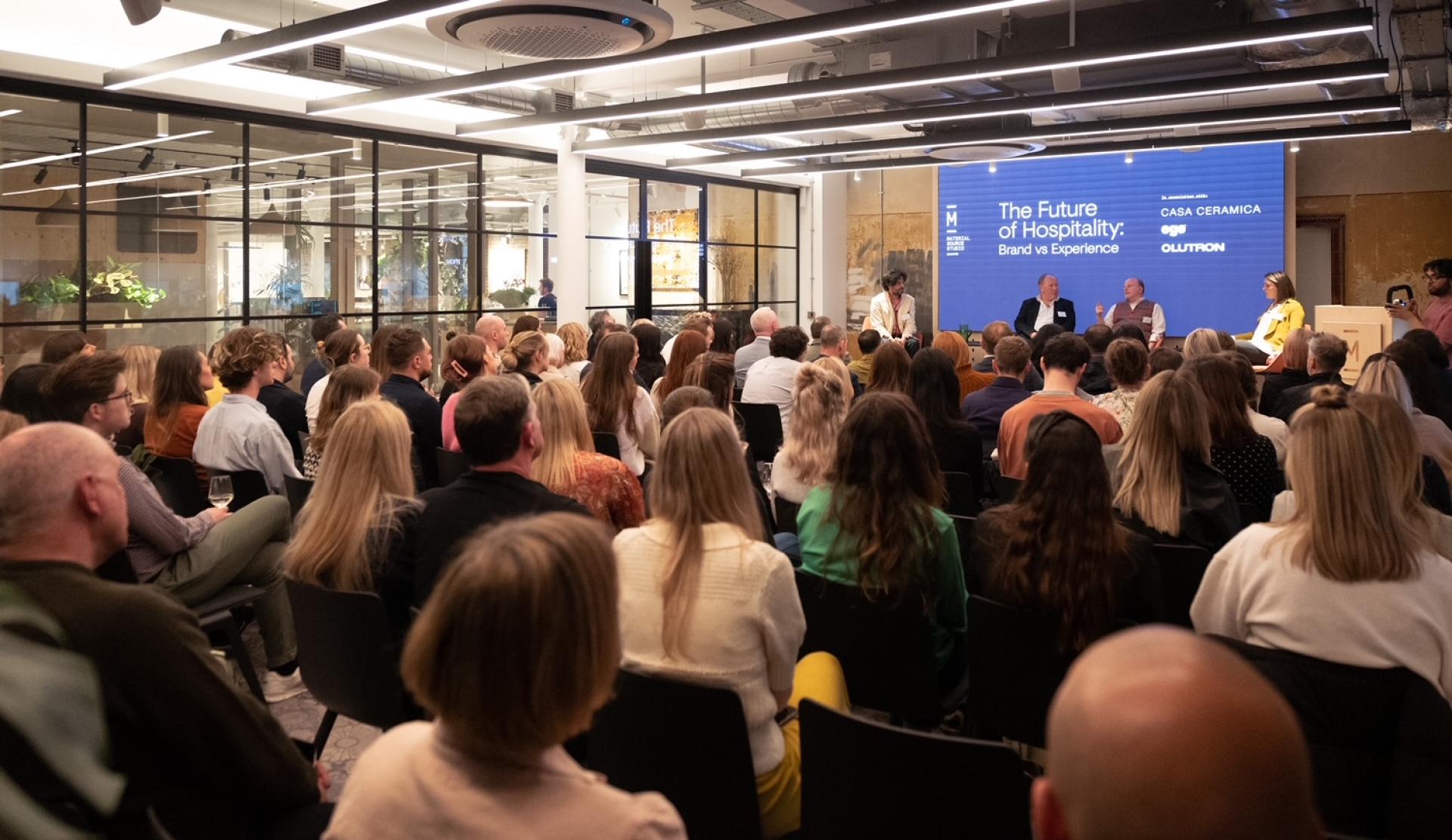
Credit: David Lake
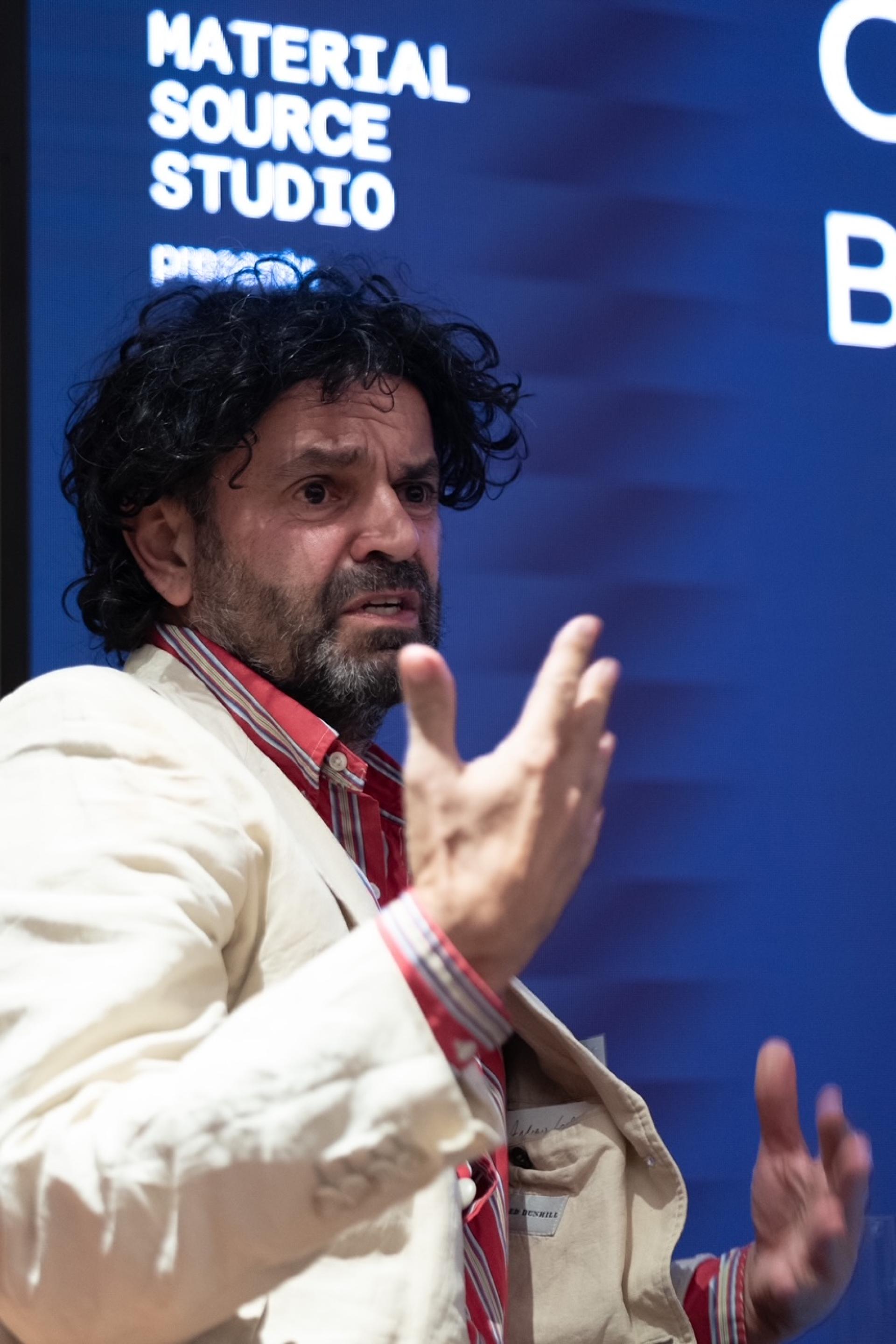
Credit: David Lake
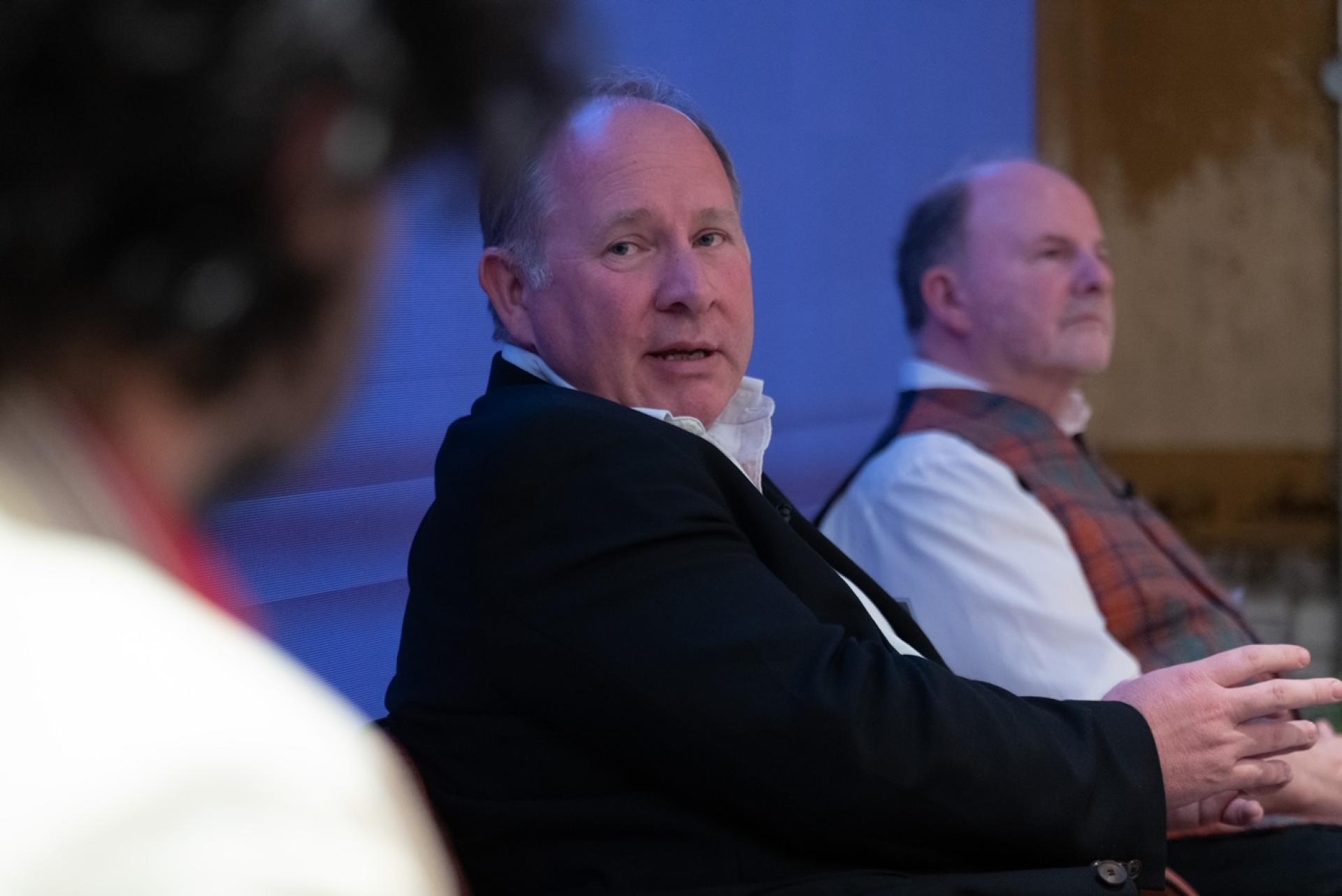
Credit: David Lake
Taking a broader view of the sector, the age old statement 'the customer is always right' was called into question.
"The customer is always right sentiment has been pushed so far to the extreme," stated Lucy, "although it's true in a lot of ways, it should not come at the expense of the staff."
"[The hospitality sector] hasn't looked after its people. It's as simple as that," seconded Tim. “We, however, prides ourselves on a different approach and put our people at the heart of everything we do. Great design is fabulous. But everything else fails if you don't get service to go with it."
"Tim's right, we haven't looked after them," agreed Steve. "And Covid, although it's become the biggest hangover in hospitality history, it's become a catalyst for change. And with our business it's about being really dynamic, looking after the next generation by giving them equity in the company, for example."
So, rather than just looking at design from a customer experience, the panel agreed it now has to be viewed from an holistic overall user experience - front and back of house.
Continuing on the topic of change impacting the sector was discussion around social media. "Is design being distilled into Instagram moments?" asked David.
"Absolutely," answered Steve. "But whether it's effective or not, I don't know."
"Social media is two ends of the same stick", added Lucy, "You create a brand narrative and plan when and what you share on your own social media channels, but when someone comes into your restaurant, you can't control what they share, so you lose a grip on your narrative to some extent.
"The best tool you in your arsenal is consistency, making sure the product comes out looking like it's meant to look day in, day out, making sure that even the most amateur photographers can take a beautiful photograph with a range of backgrounds in your restaurant without having to disturb the environment. Because ultimately, Instagram is free marketing."
Tim also believes social media has created new opportunities in the sector by "giving independents a platform."
Of course, social media is but one outside influence changing the way the hospitality sector operates. The Covid pandemic, the rising popularity of rental sites such as Airbnb, rising rent, gas and electric bills, the importance of sustainability, the list goes on...
A question came from the audience asking: "How have city centre venues been impacted by peoples' changed working patterns during and post-Covid?"
"Our city centre pubs have all suffered quite dramatically", commented Steve. "If you go back to the beginning of Covid when we were in lockdown and everyone was furloughing all the staff, when we reopened, there was some light at the end of the tunnel. In fact, we were creating it through new food and drink offerings. Then curfew came. So that light at the end of the tunnel became a speeding train heading towards you. So, then we dealt with that. And the rule of six came in. So we dealt with that. There's been several instances where we thought we were getting some traction, and then were hit with something else to deal with. Now, electric has increased five times. Goodness knows what happens next, but we have to remain dynamic."
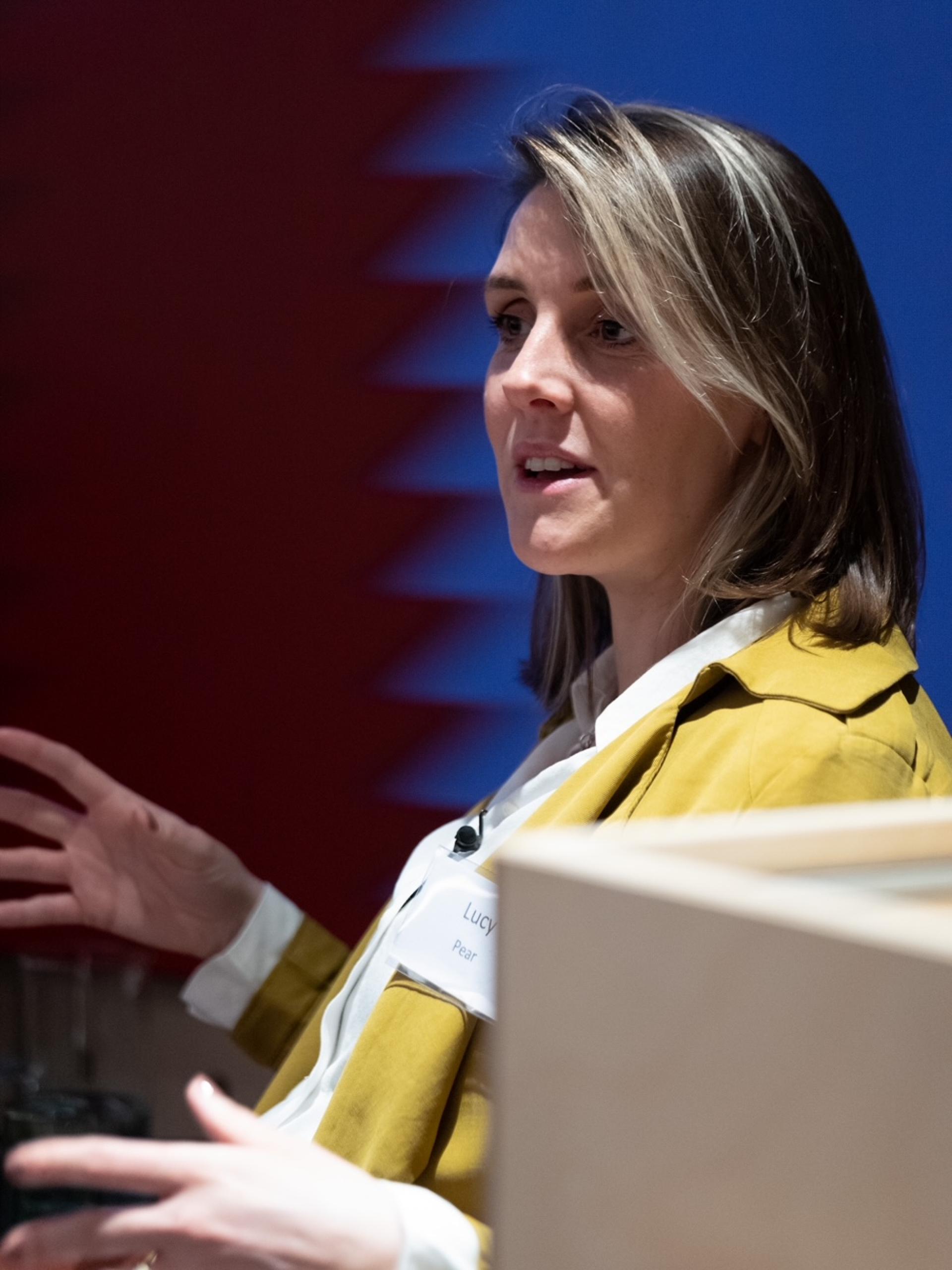
Credit: David Lake
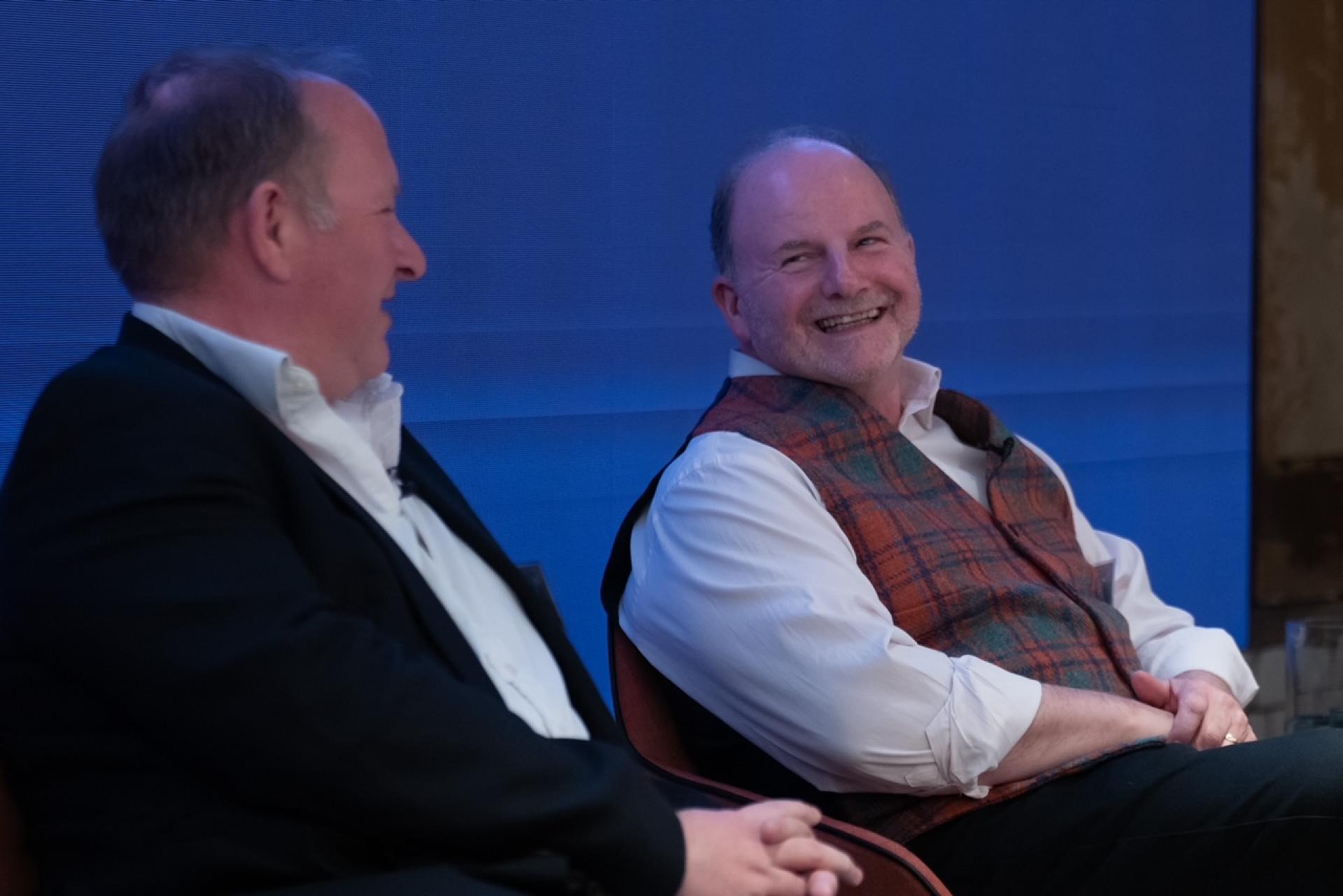
Credit: David Lake
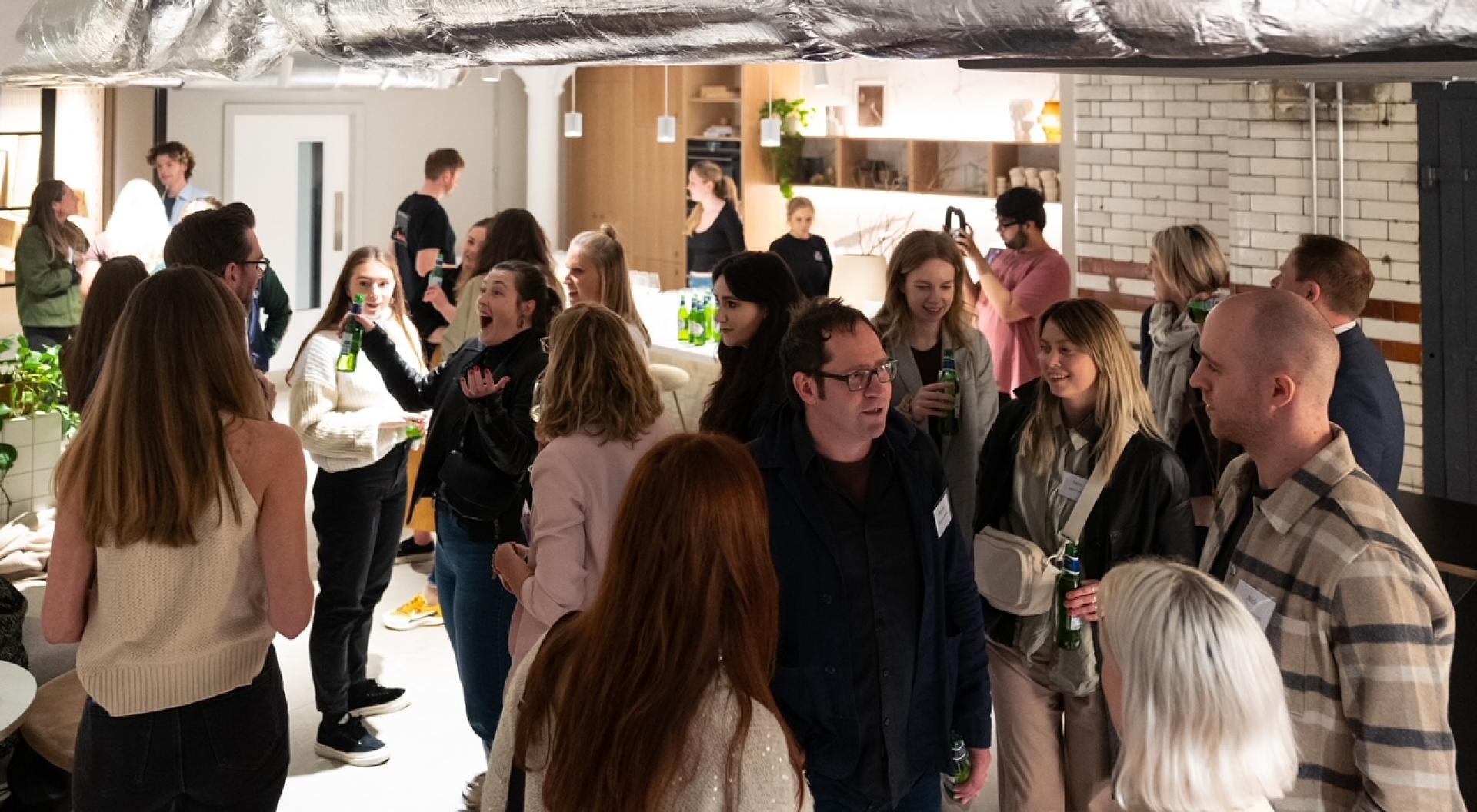
Credit: David Lake
Can the same be said for the hotel world? "I think it's more important than ever that you look at every square foot and make use of that space", said Tim. "You create space that people want to come into for their coffees. So if we are working from home and you and I need a meeting and you happen to be in on a Friday, well, you know what, we're not going to go to an office. We're going to come to a space like Material Source Studio, for example, or a hospitality environment. So you need to really focus and make sure every single bit of your space is used."
In restaurants, Lucy highlighted greater emphasis on agility and speed in a post-pandemic world, resulting in shorter lead times on projects, and changing concepts to be more 'now', and less pre-Covid.
When working with designers, one resounding sentiment was shared by the whole panel, summarised by Tim: "I love ears and I hate ego."
"I love a designer who actually listens and not just listens to me. They listen to customers too. They've taken time to sit in the space - in the coffee shop opposite - and understand how the space works, understand how and why people are going to go there. And I always put myself in the place of a single female traveller in November in the rain. Can they get there safely? Is this space going to be what they want? Because if it's not, then you're losing half your customers straight away. So a designer that really understands the brief and challenges me with that understanding, that's absolutely crucial for me."
Steve added: "Designers that listen but don't hear is a problem. It has to be a symbiotic relationship that works in harmony. Because if there are small faults, the designer walks away and we're left to deal with them over a 15-year lease."
An audience member questioned whether loyalty between hospitality client and designer is still as strong post-Covid, to which Tim answered: "Yes, but a designer is only as good as their current pitch."
Bringing the conversation to an end - for now - David asked: "How do you leave a lasting impression through brilliant design?"
Tim: "Know your customer and make them smile."
Steve: "Pay attention to the customer journey."
Lucy: "Nice toilets."
We'd like to say a huge thank you to our panellists and audience. Plus a special thank you to our sponsors Casa Ceramica, EGE Carpets and Lutron - all partners at Material Source Studio.
Our next event will be dedicated to Fire on 27 April. Send your RSVPs to events@materialsource.co.uk. And please also let us know if you'd like to attend our partner's upcoming events at the Studio:
- 5th April: EGE CPD - Design Tools
- 6th April: Casa Ceramica CPD on anti-bacterial tiles
- 20th April: EGE CPD - Green Thread
- 5th May: An Evening with Mutina, hosted by Casa Ceramica
- 19th May: Understanding Guestroom Control with Lutron
- 24th May: Fabric and Automated Blinds with Lutron


